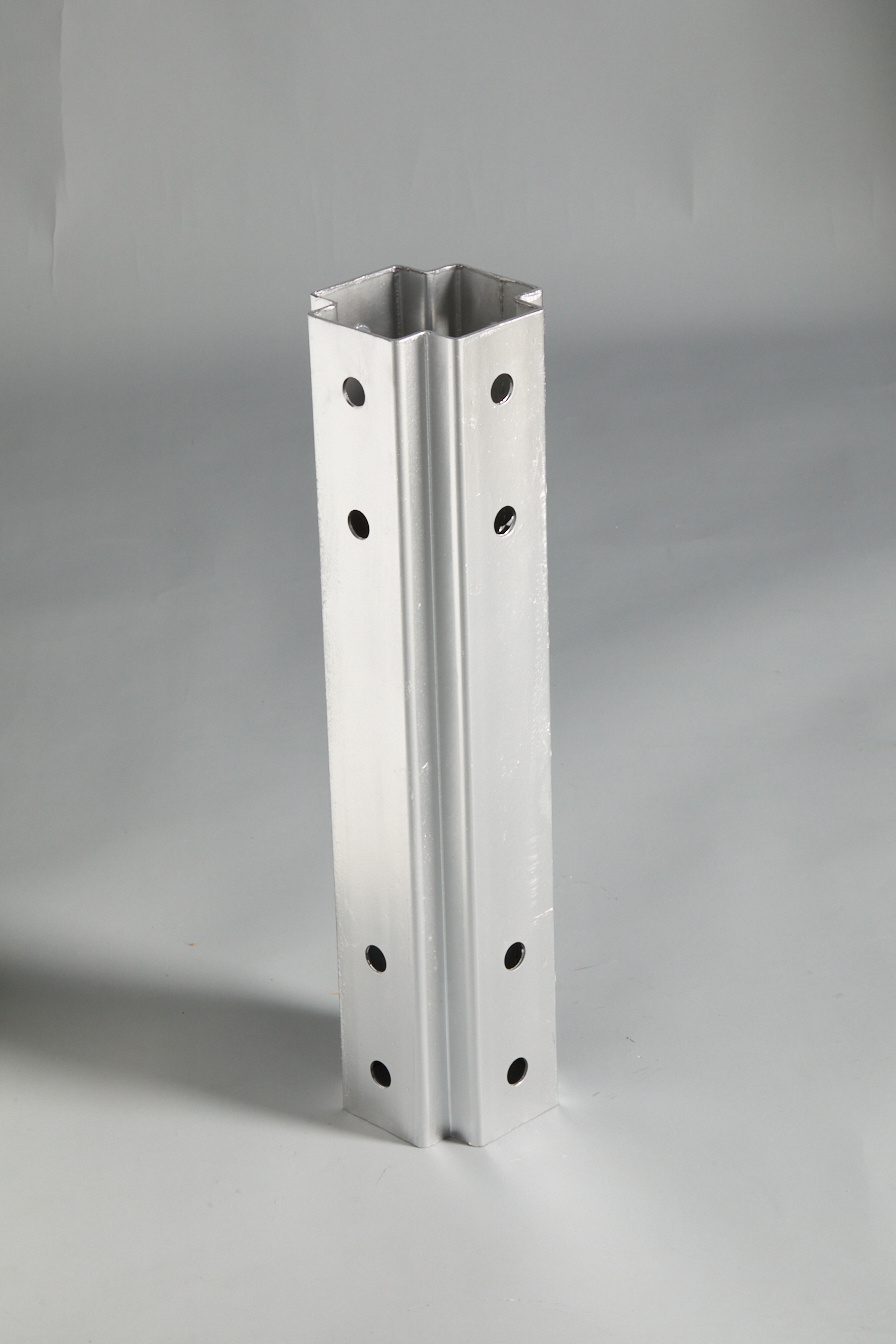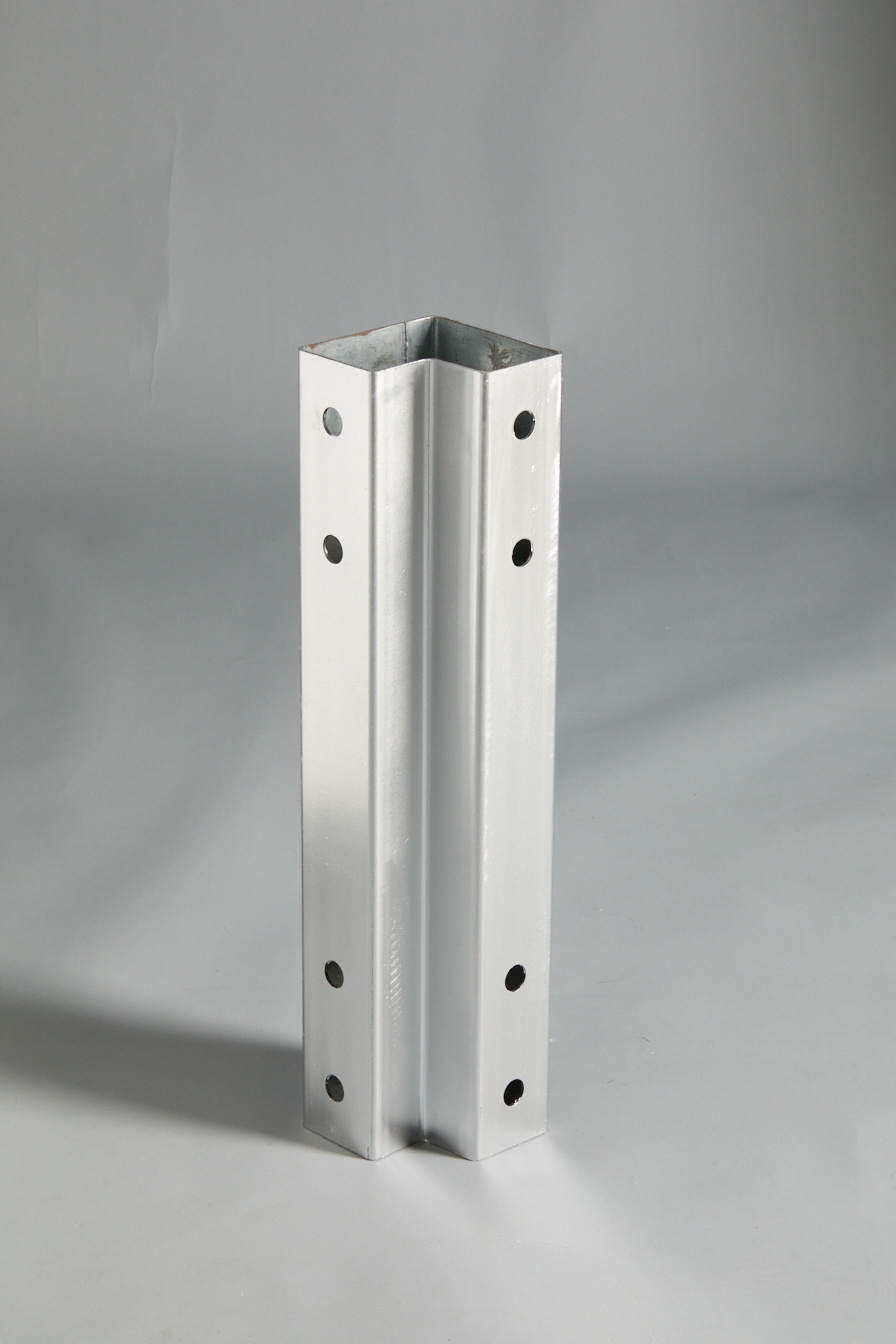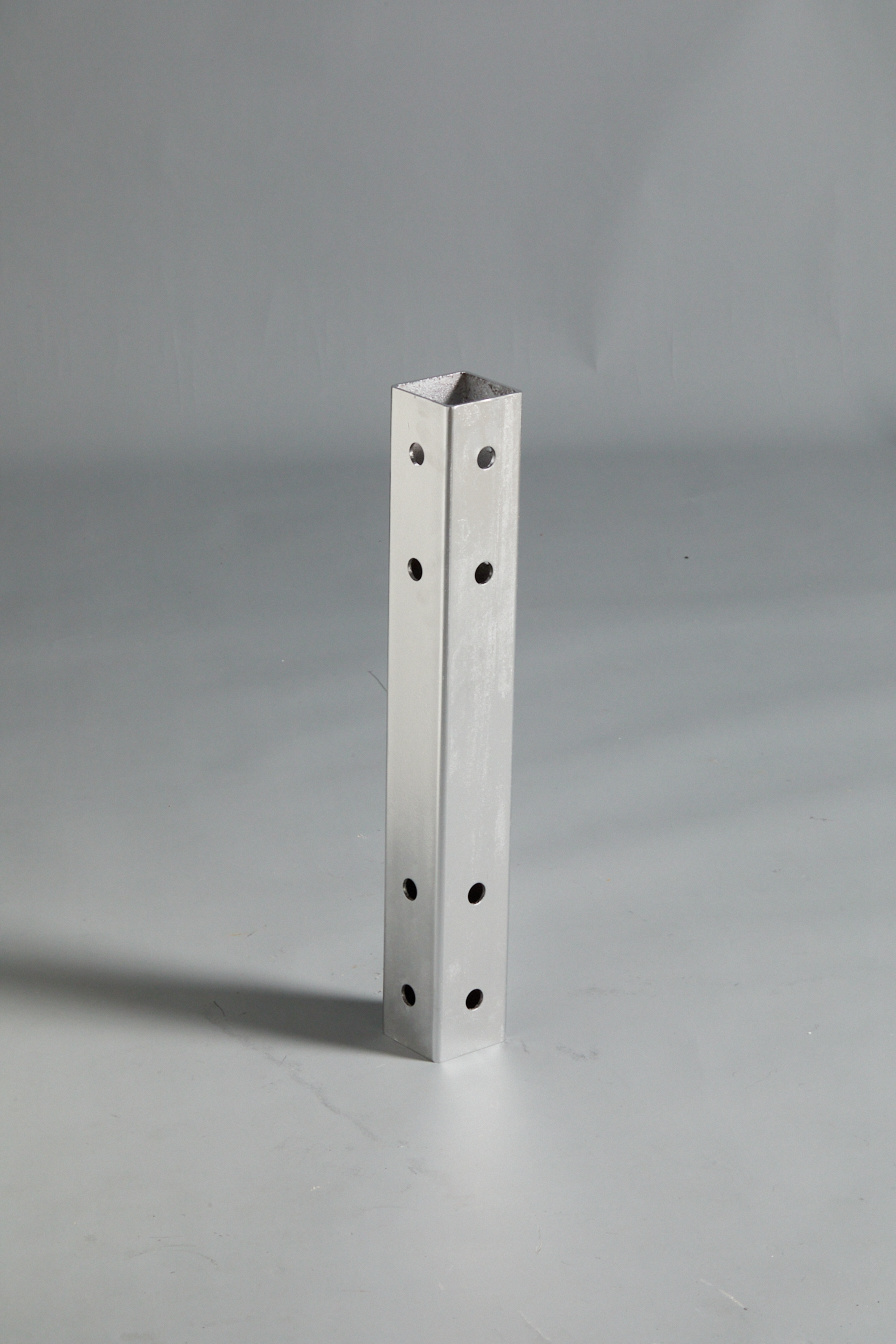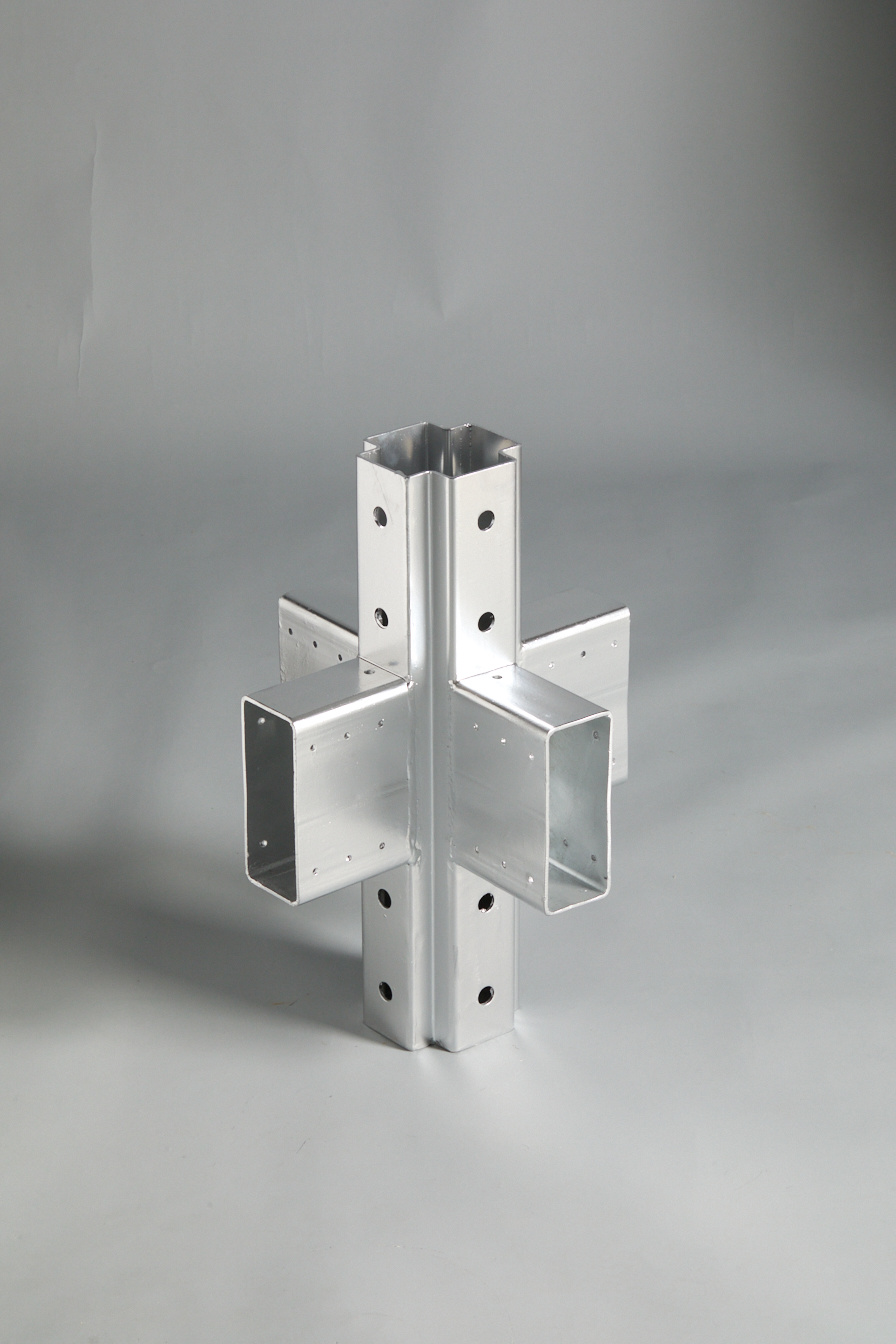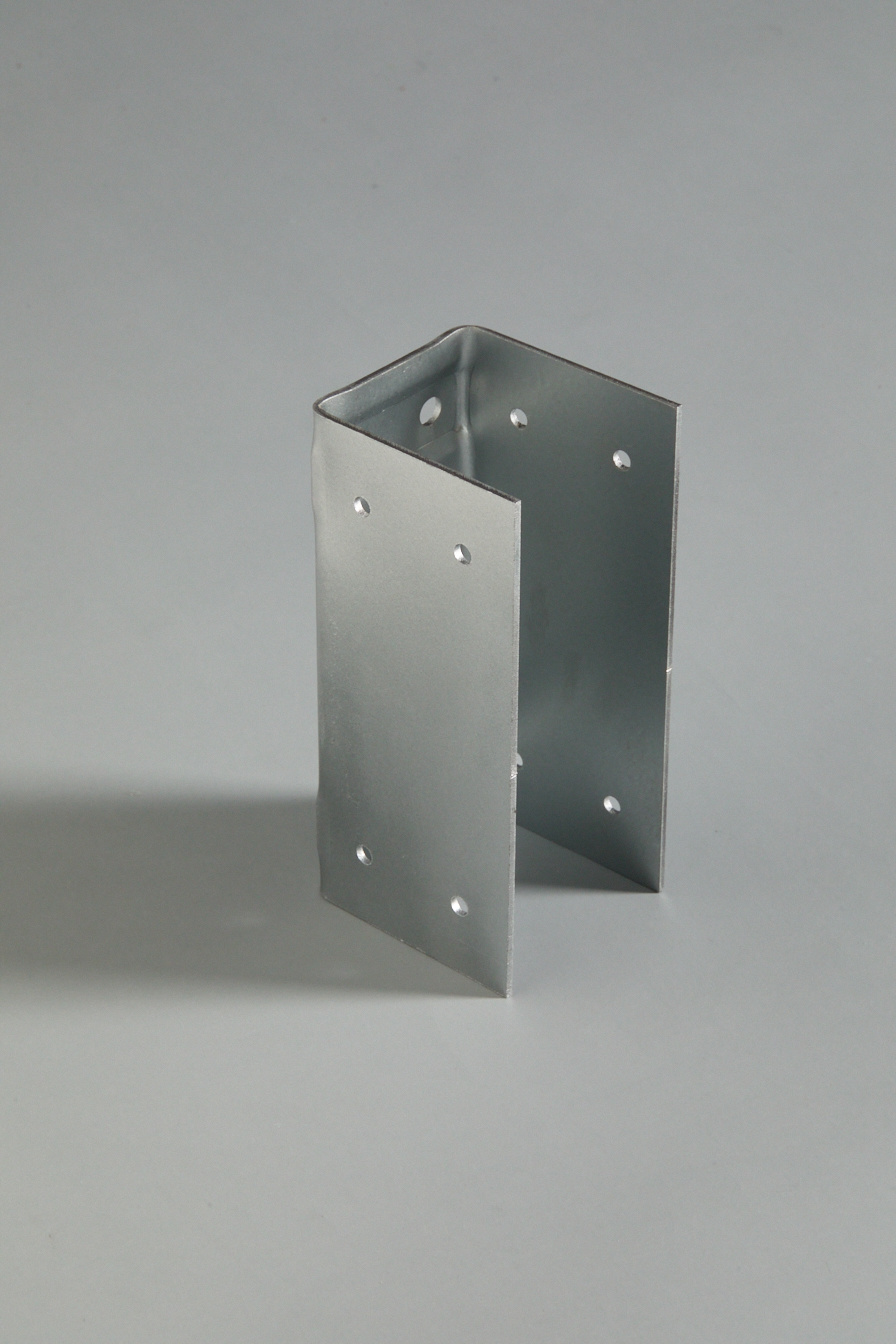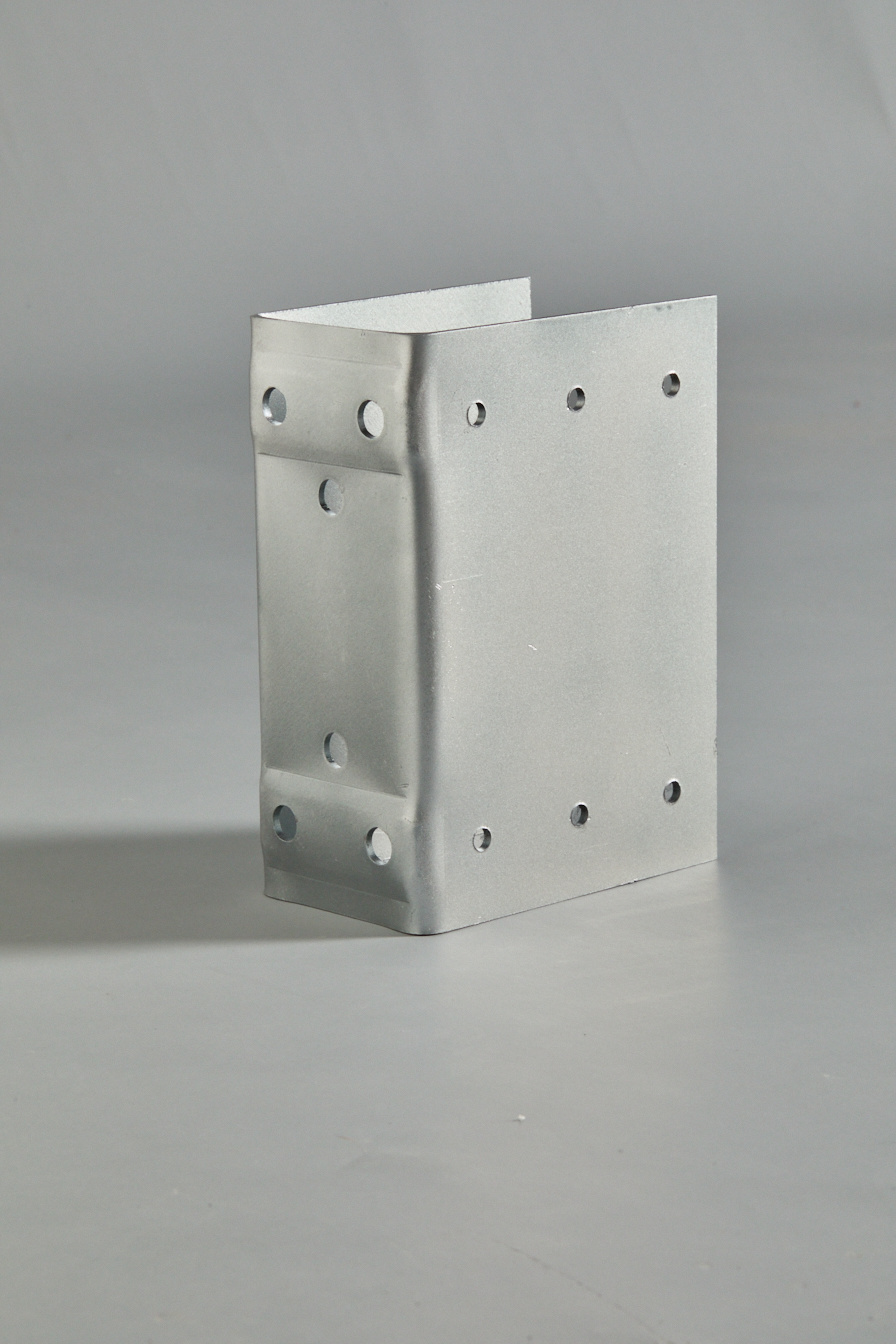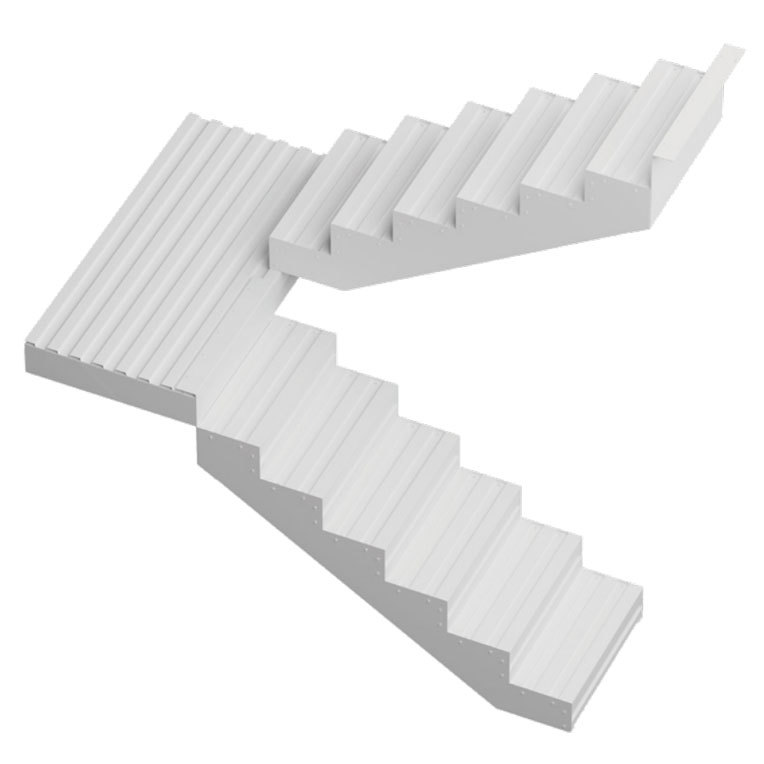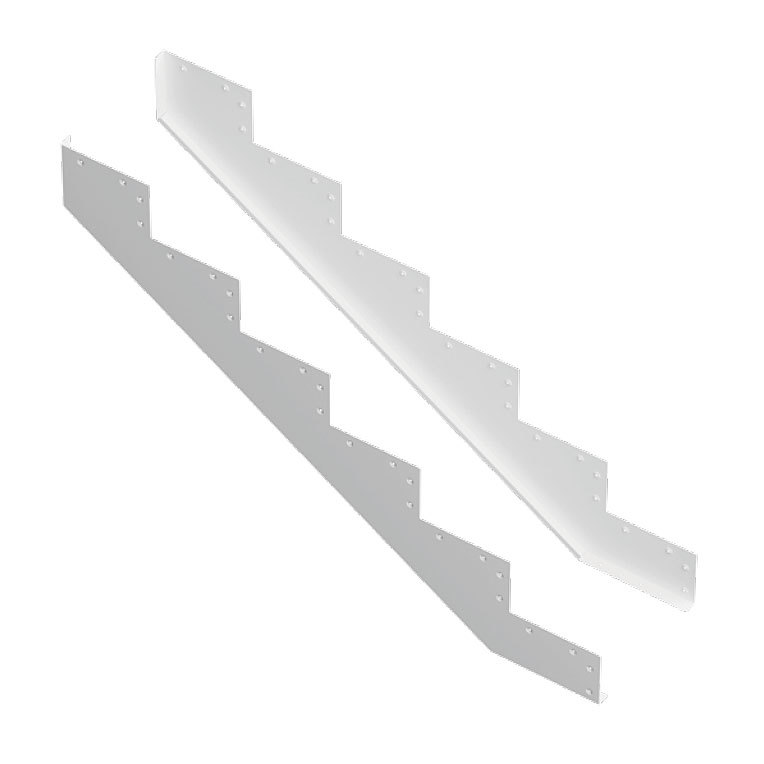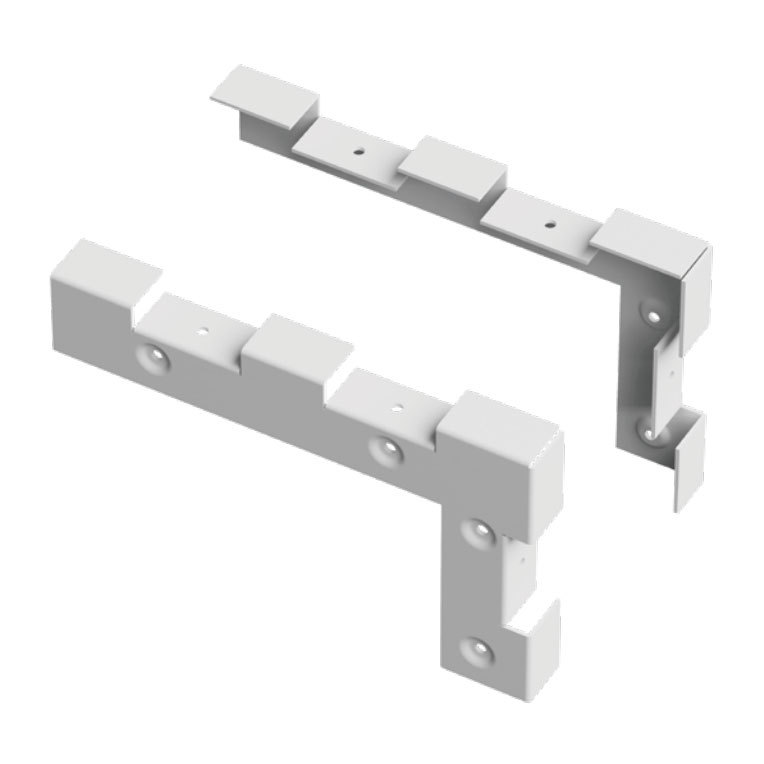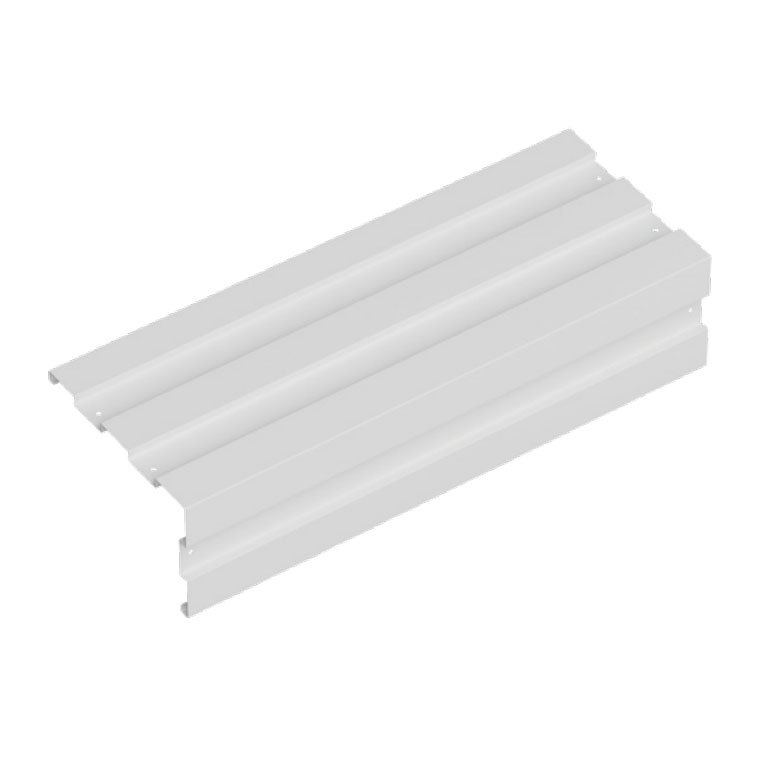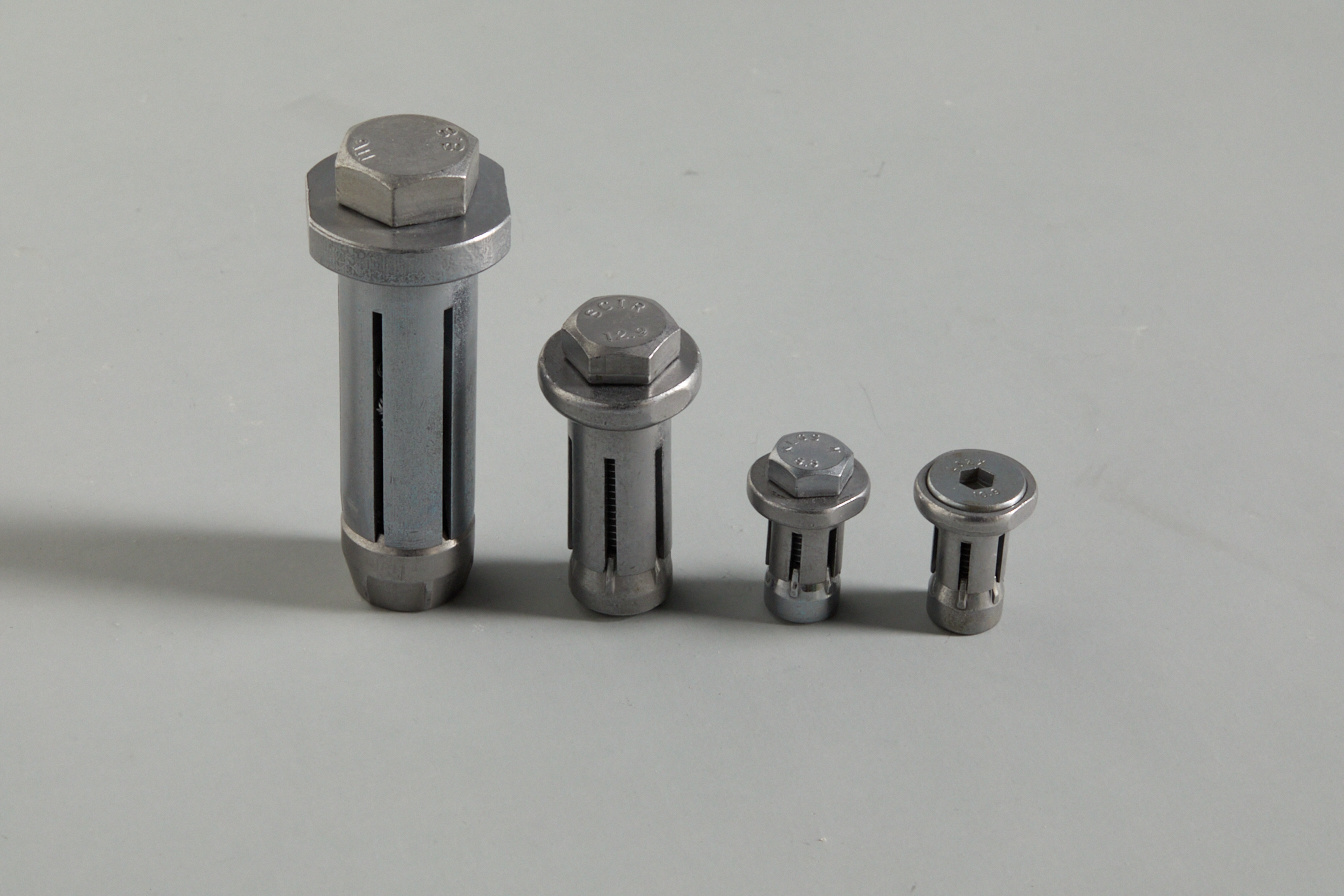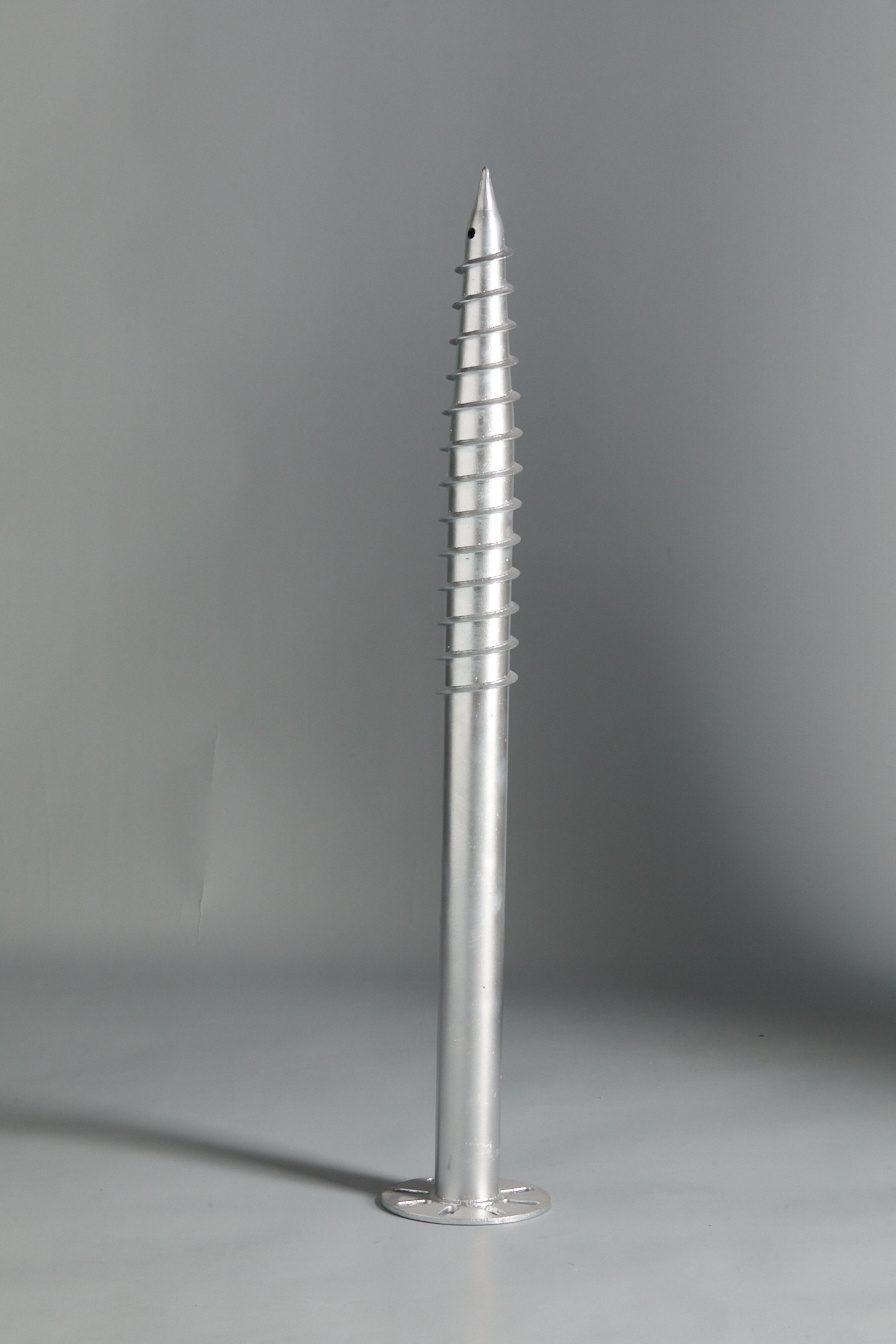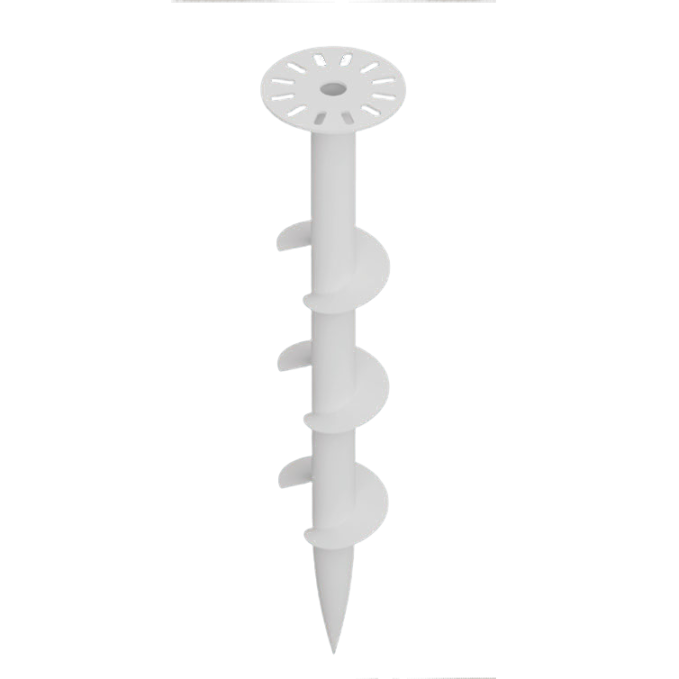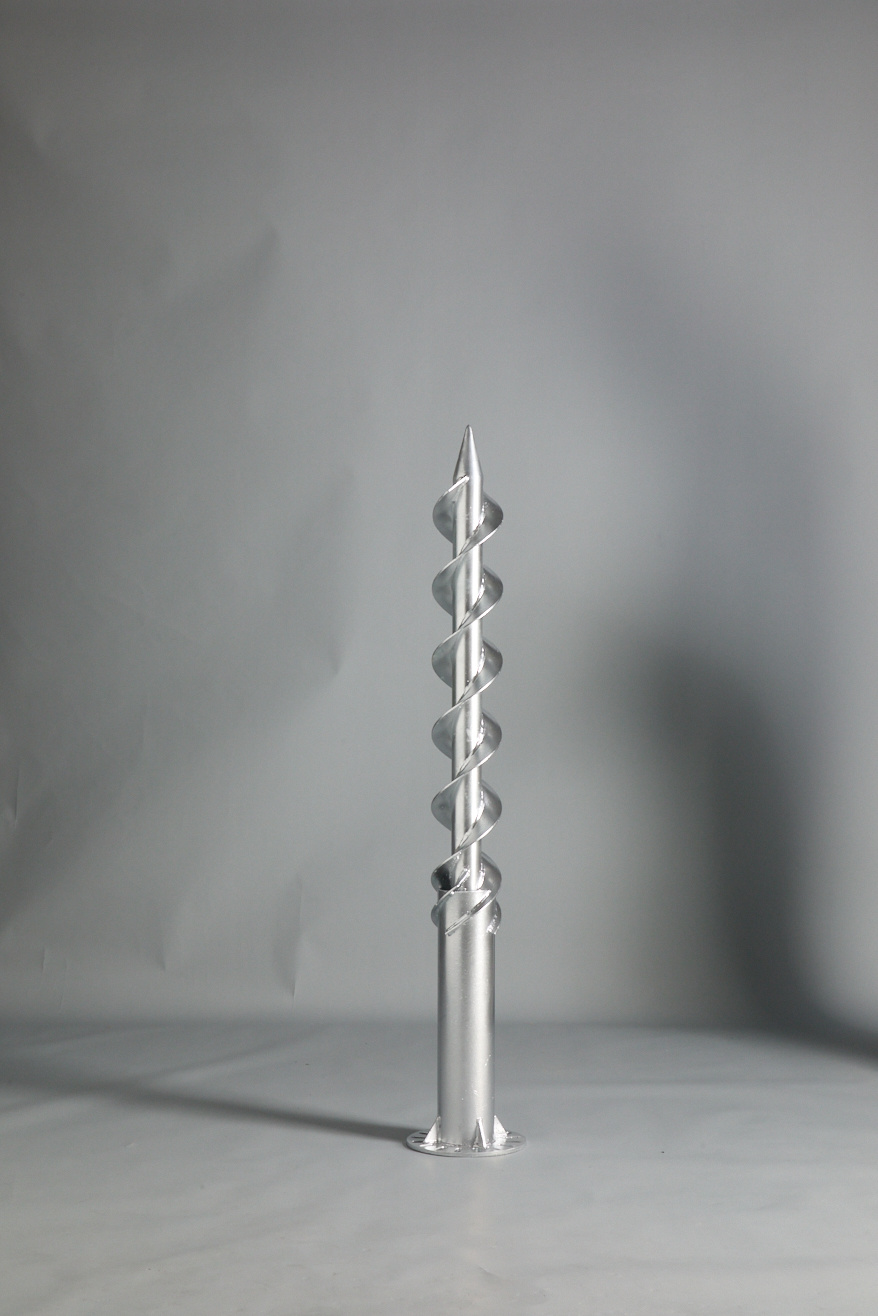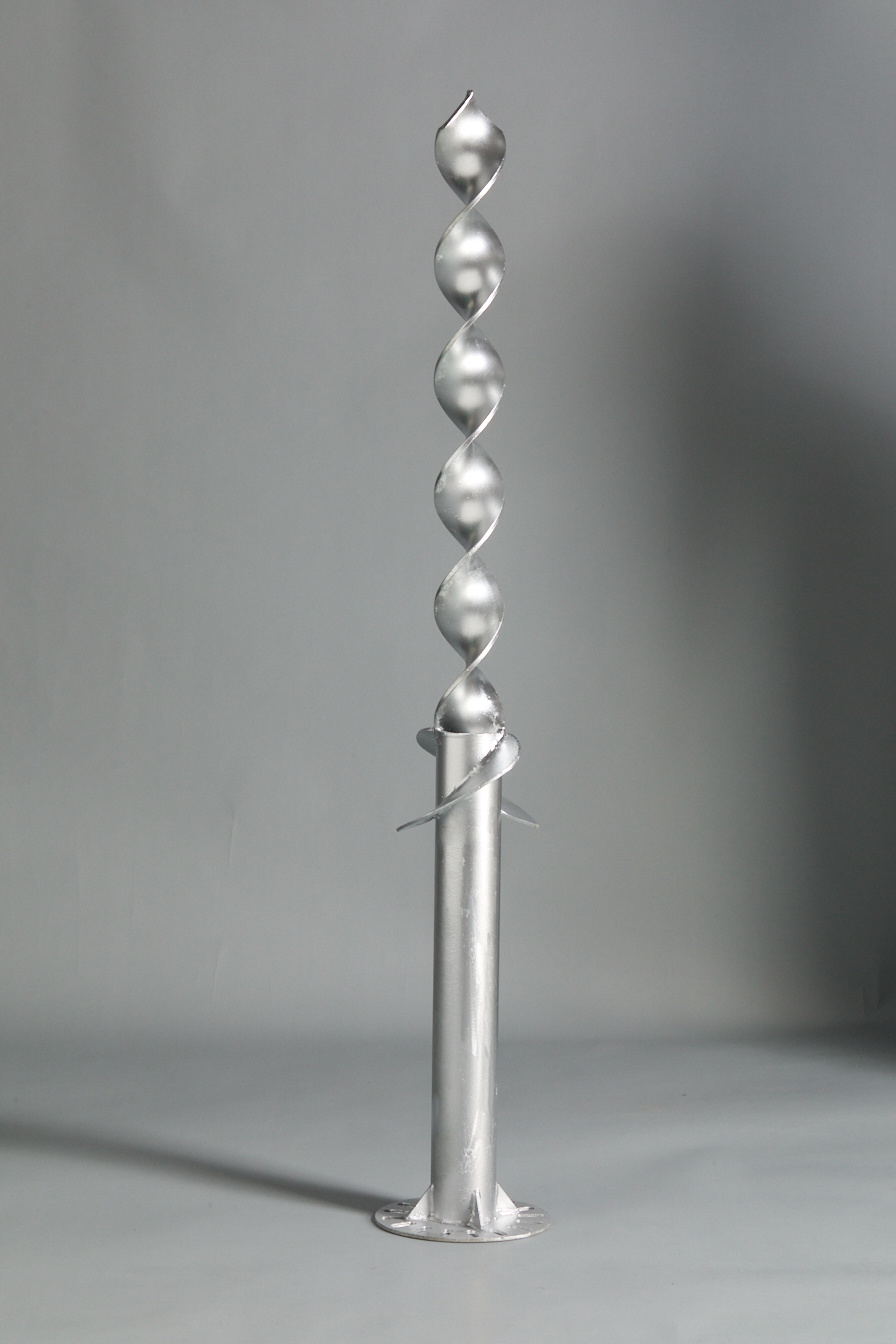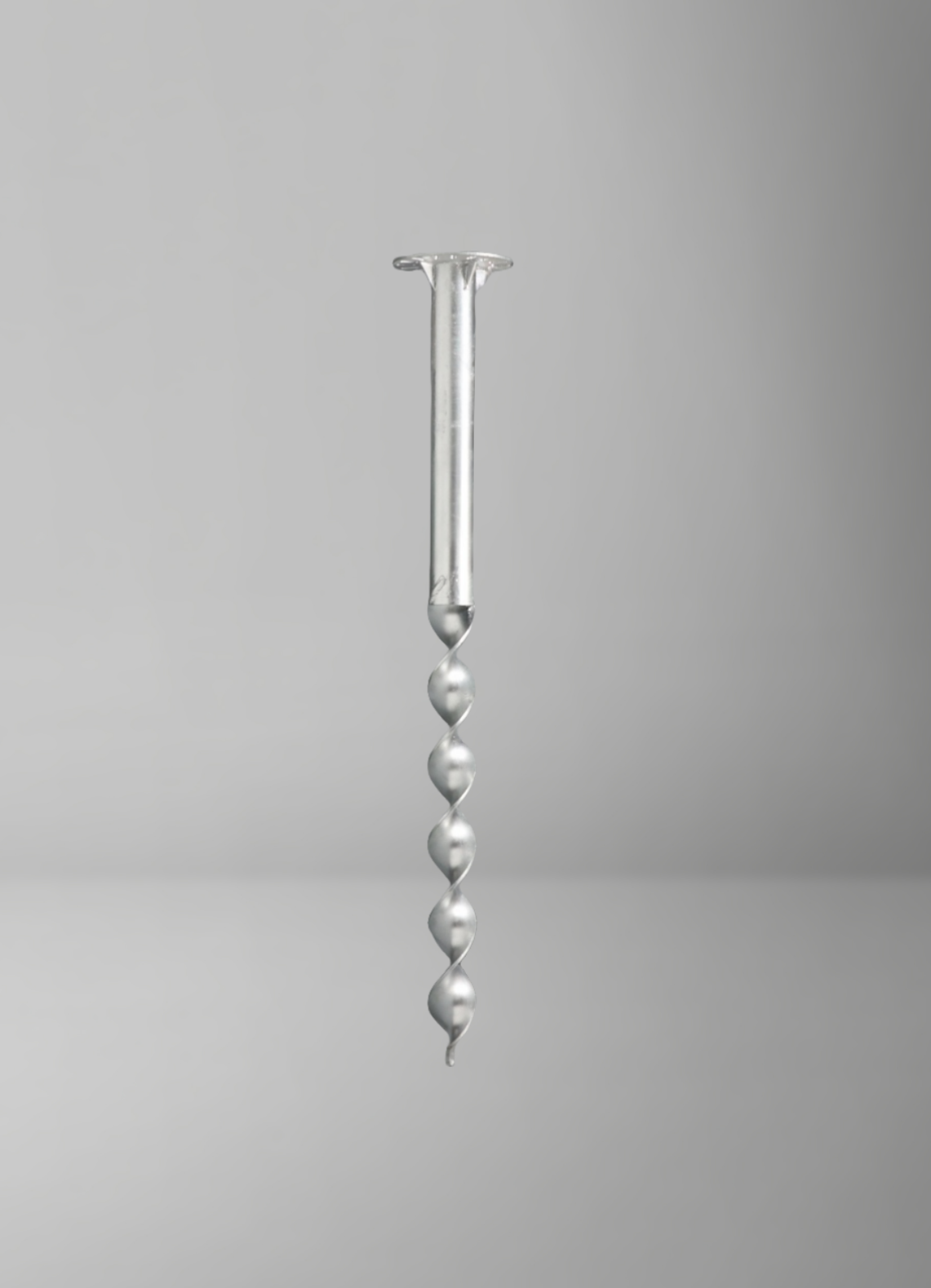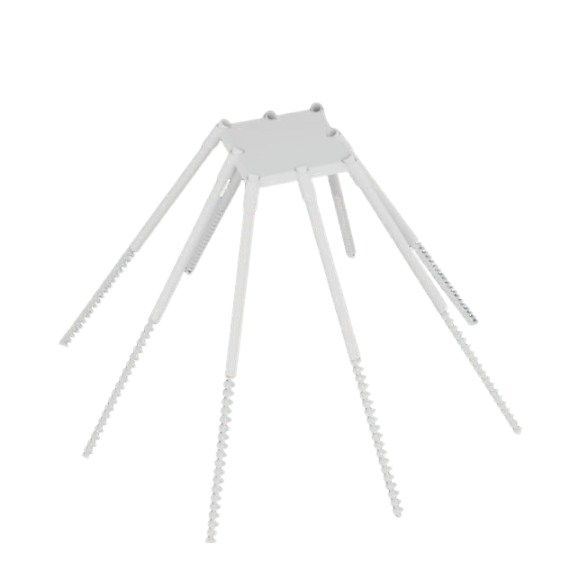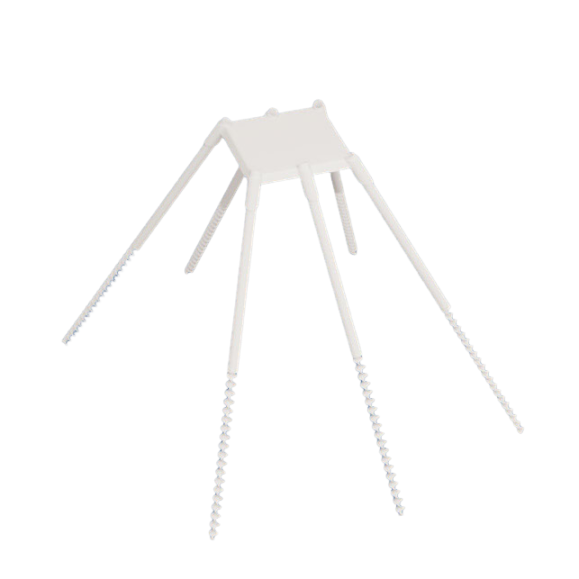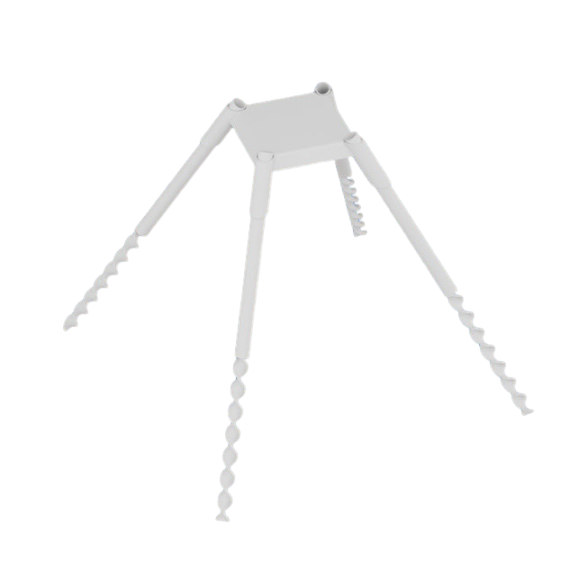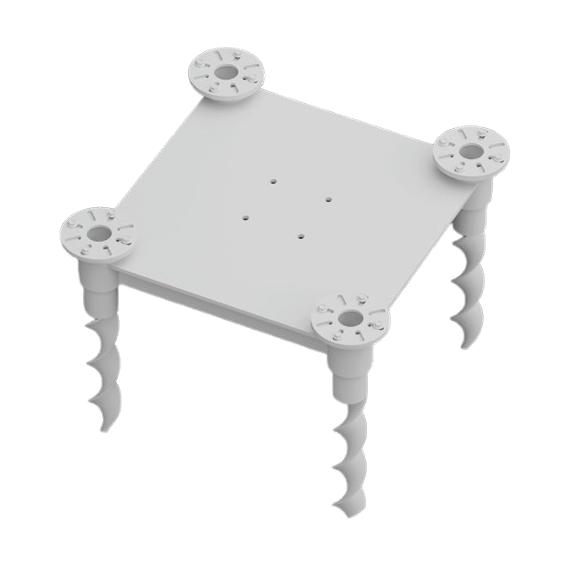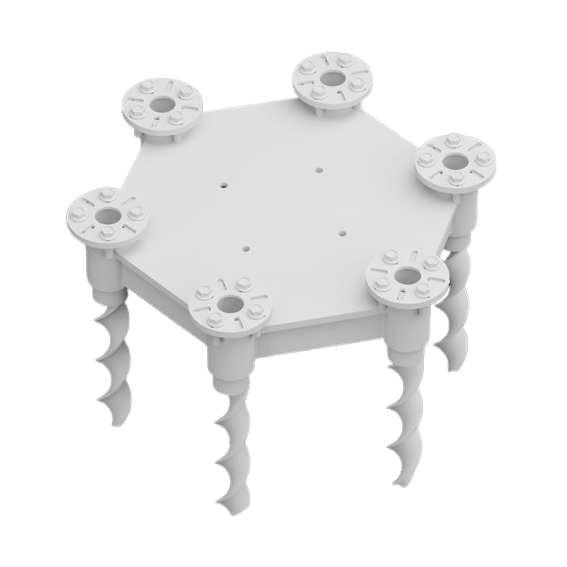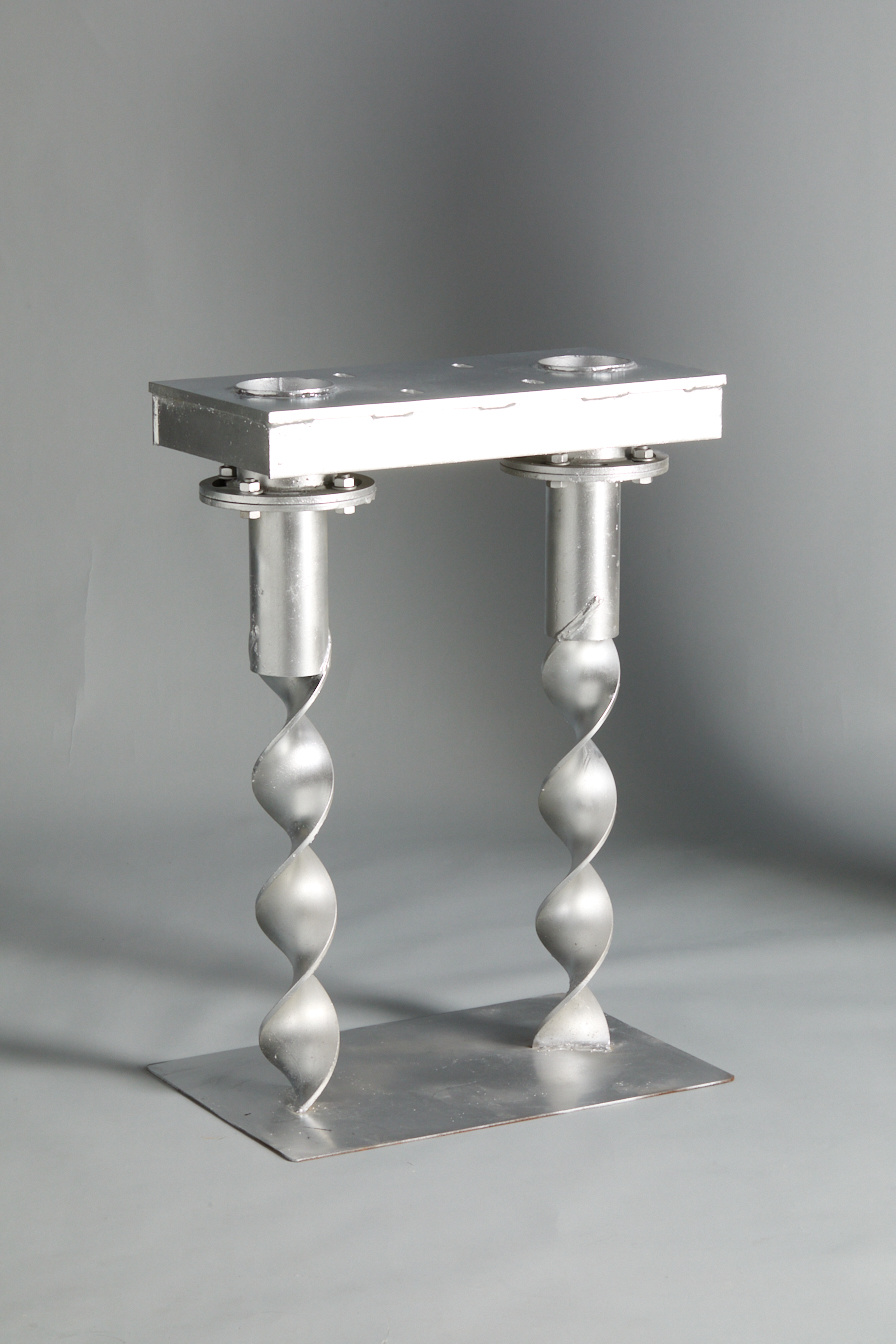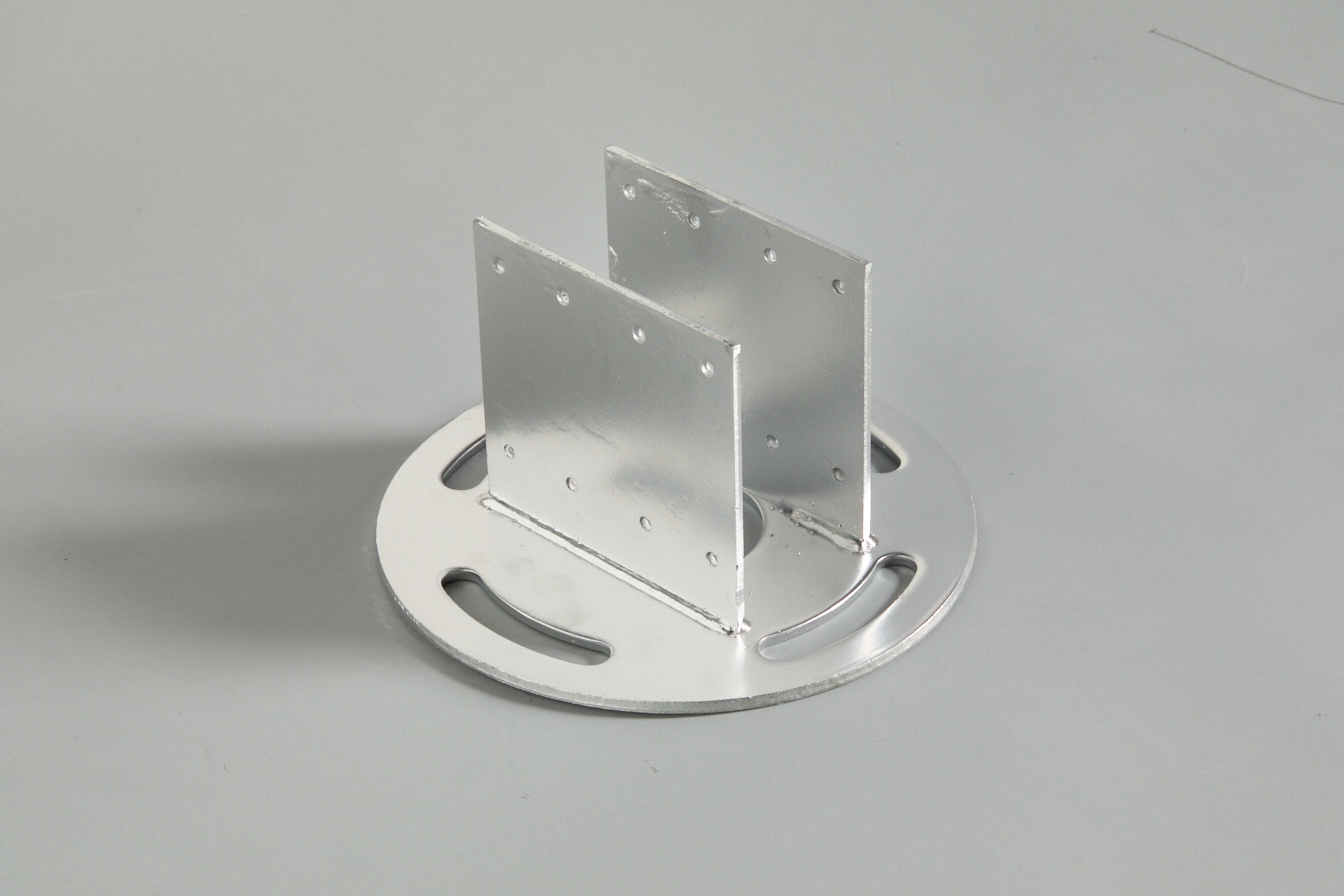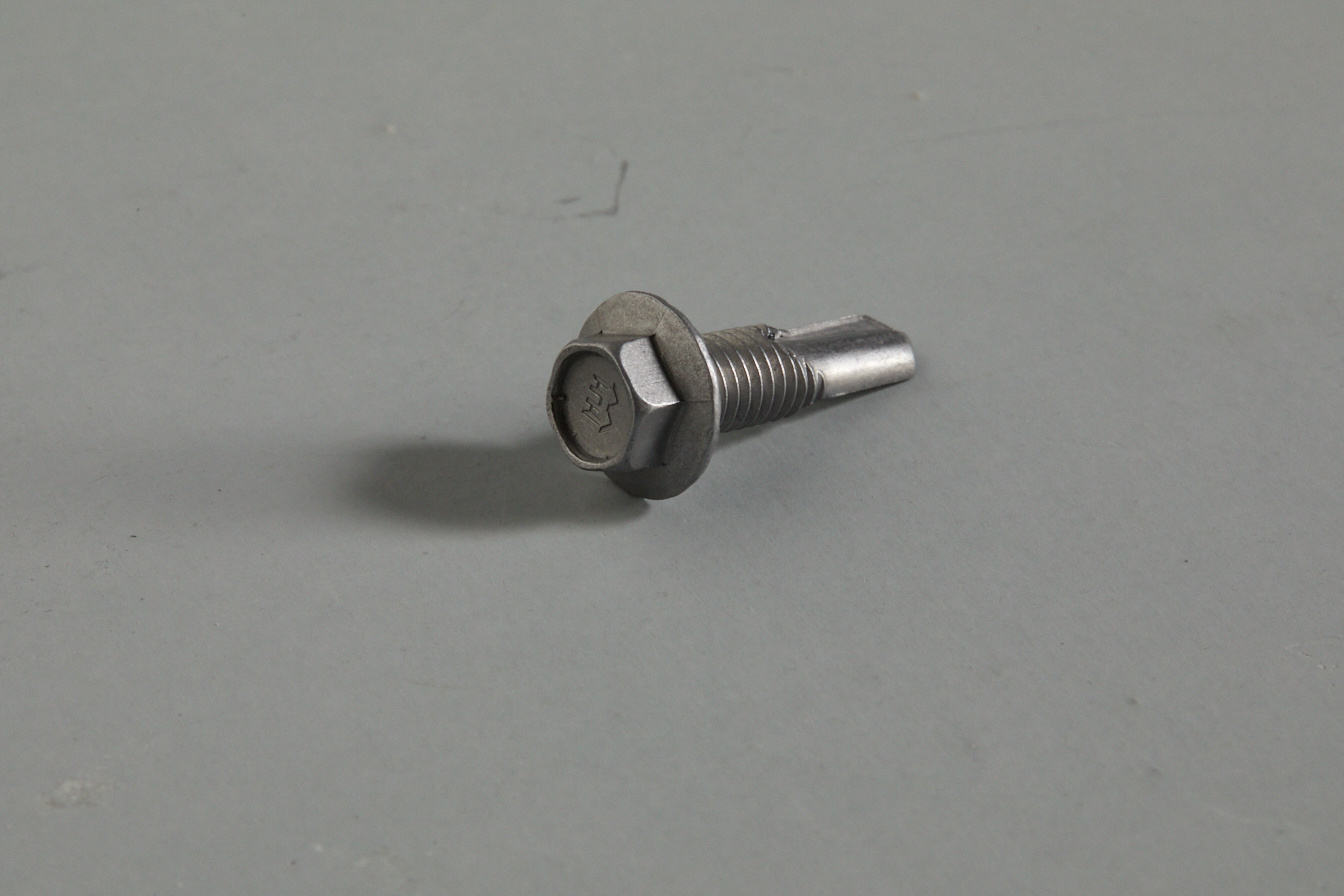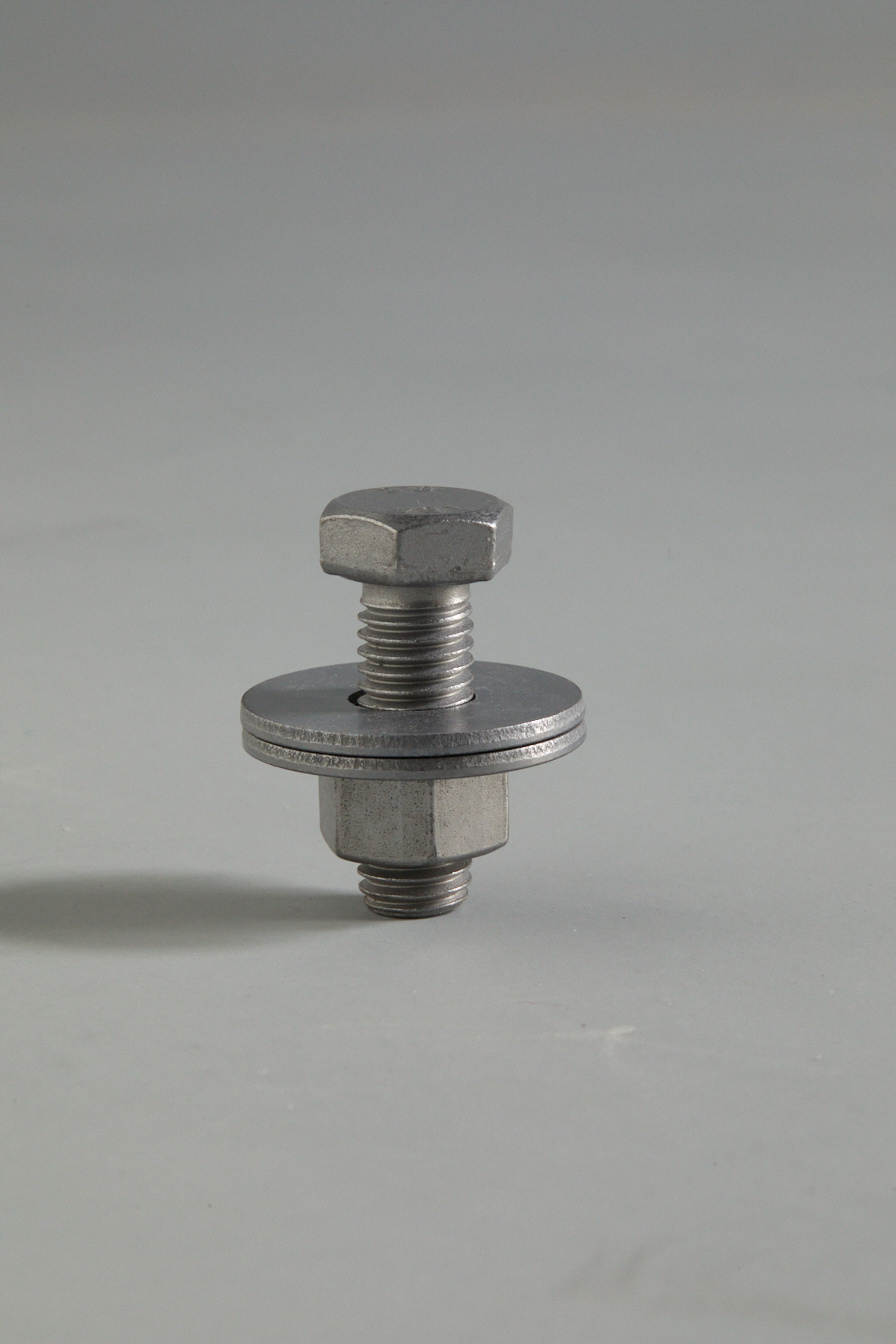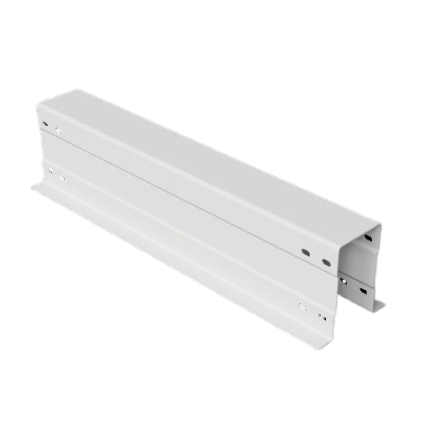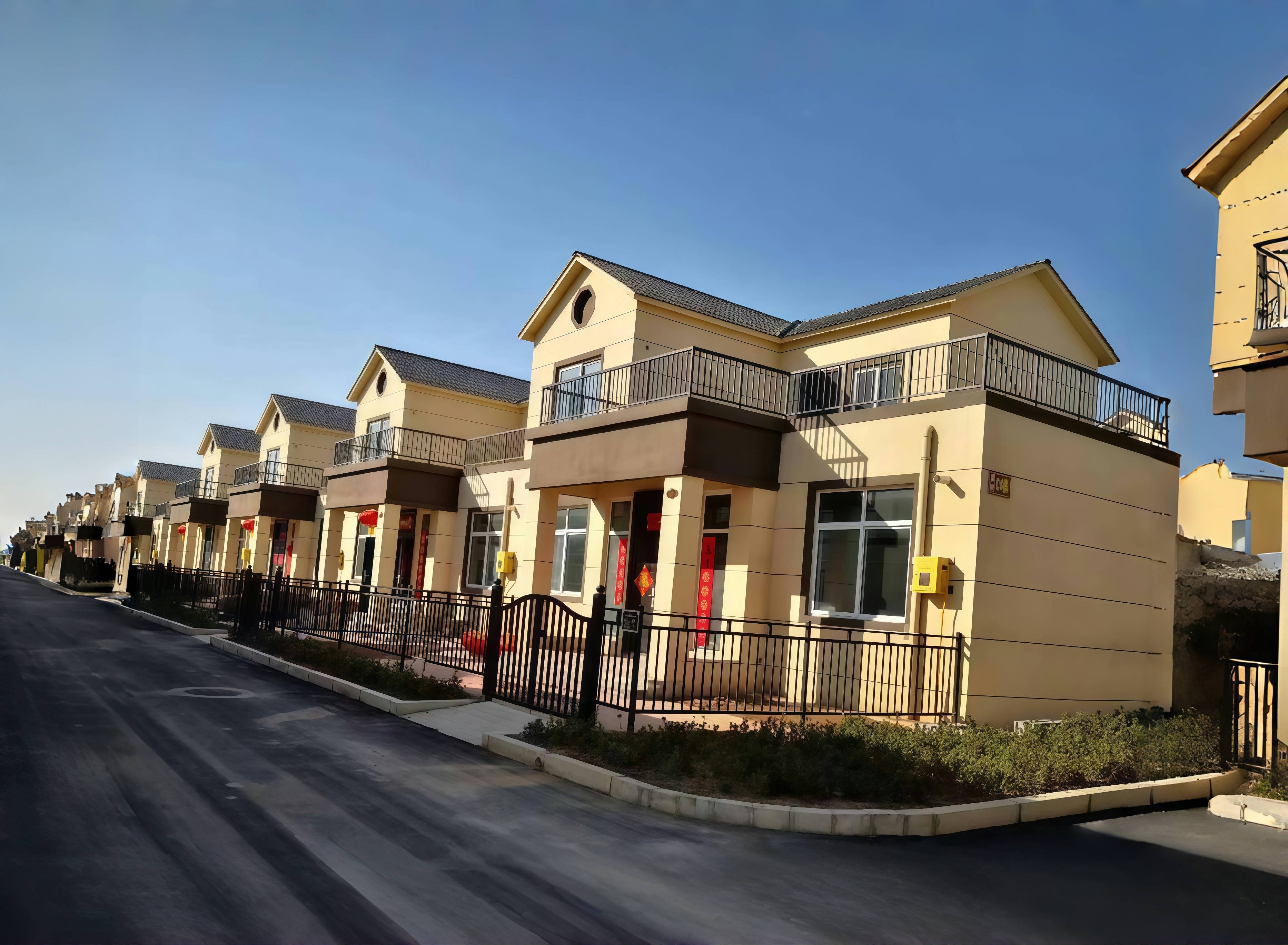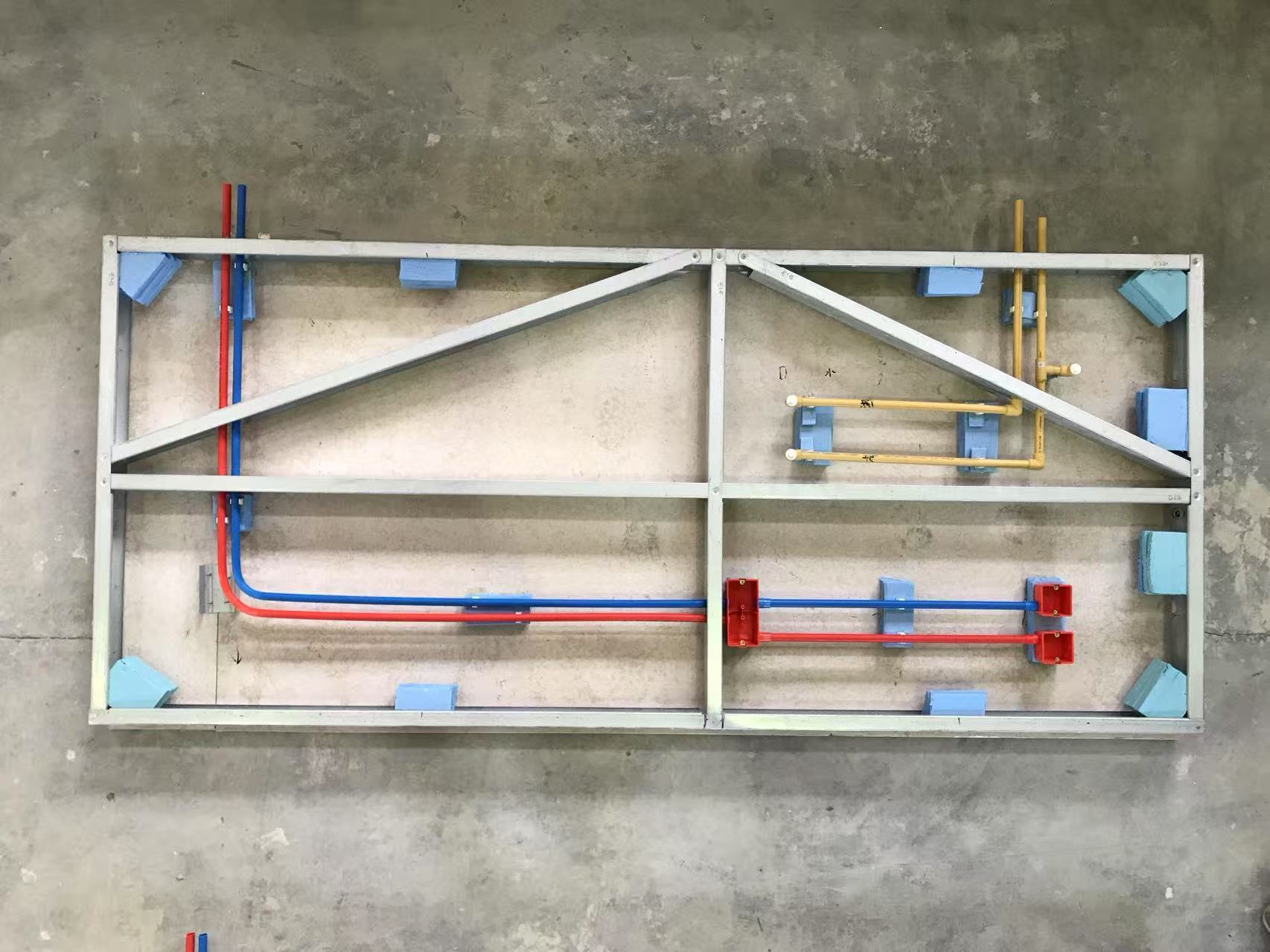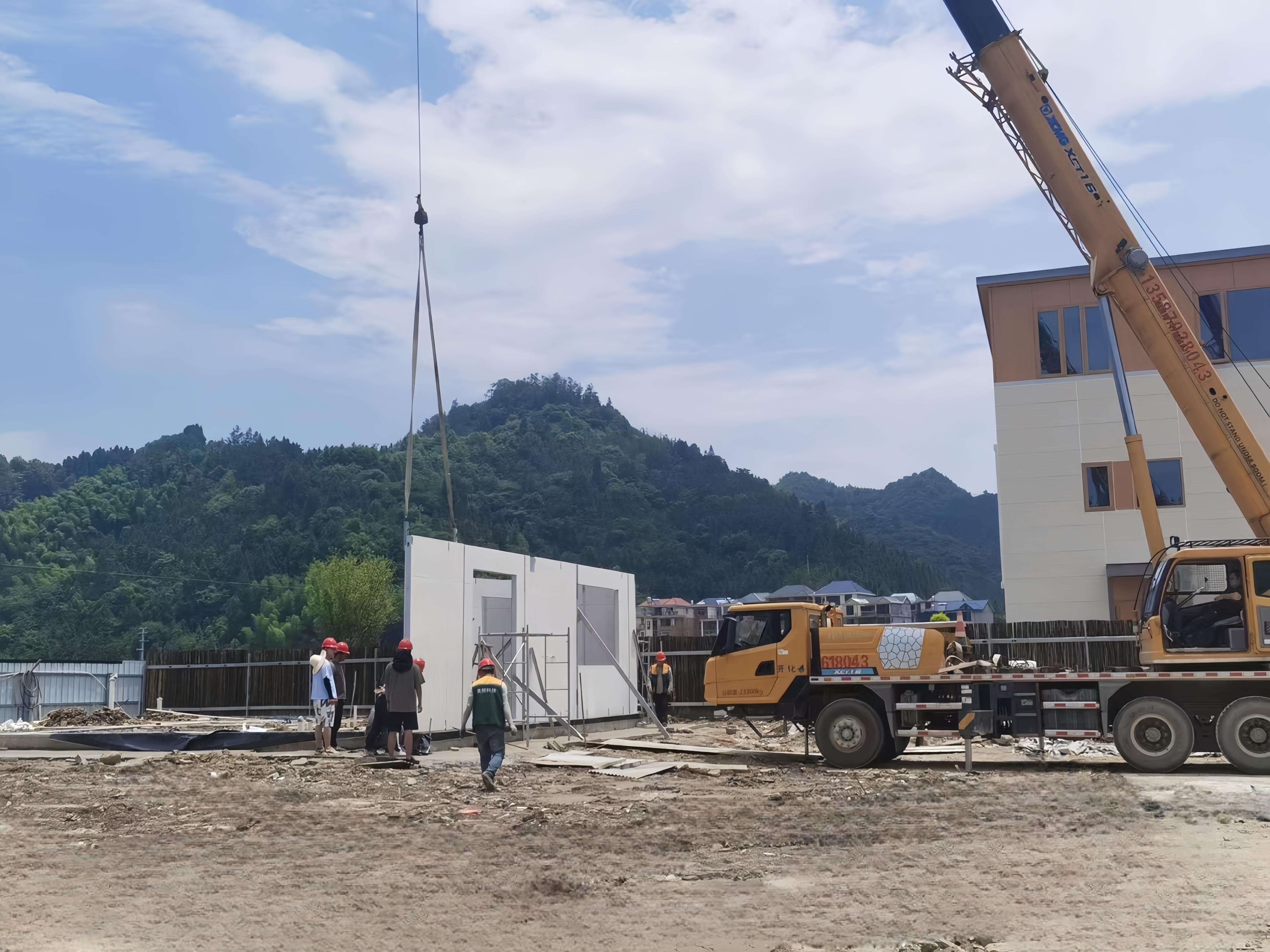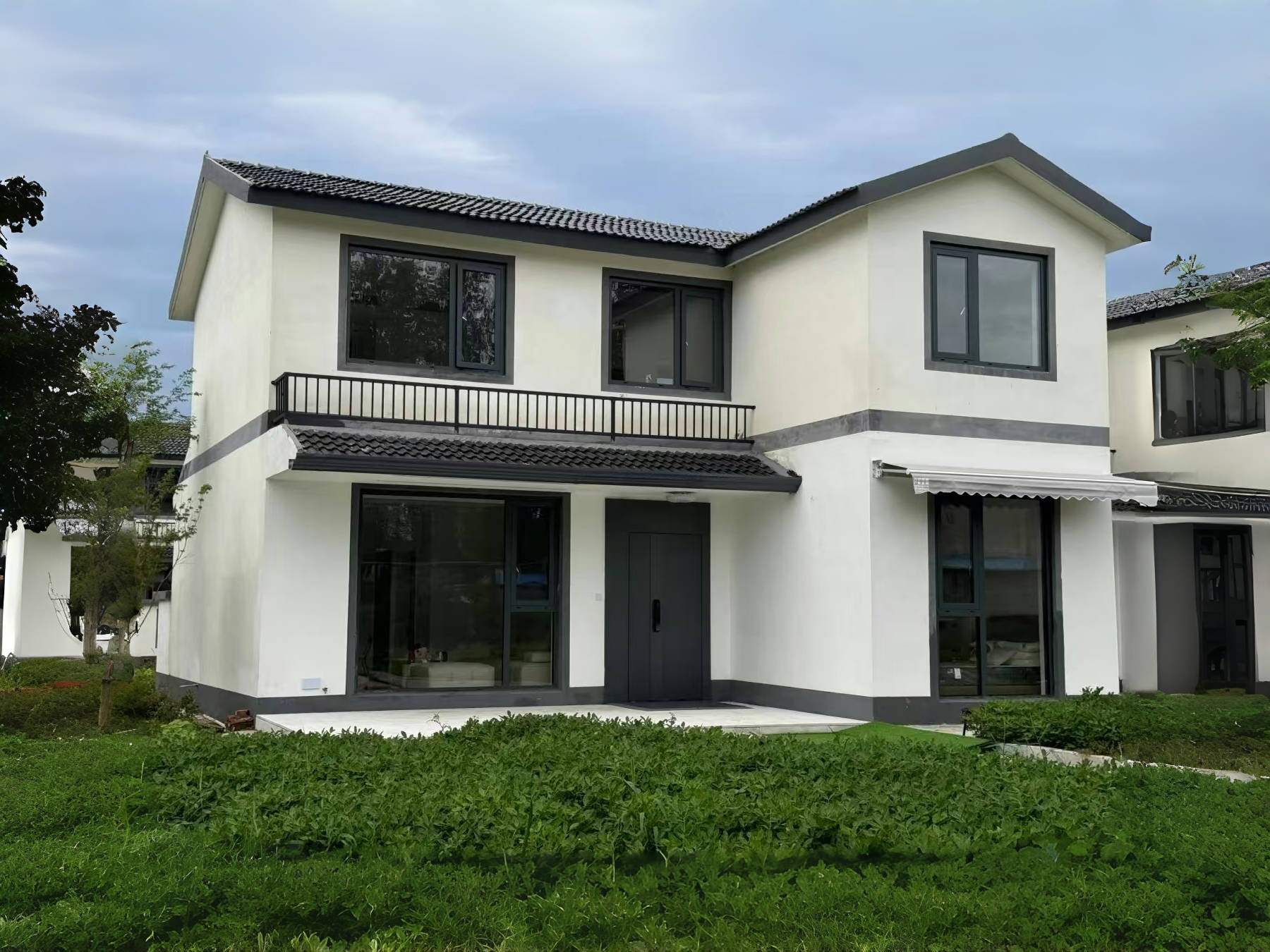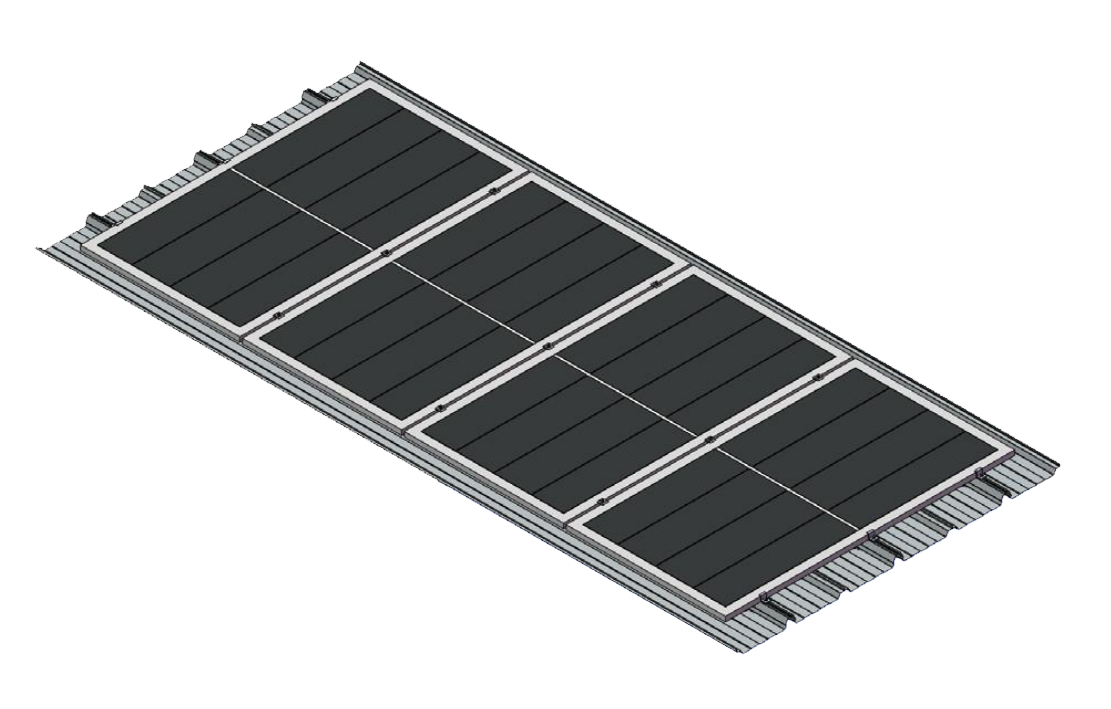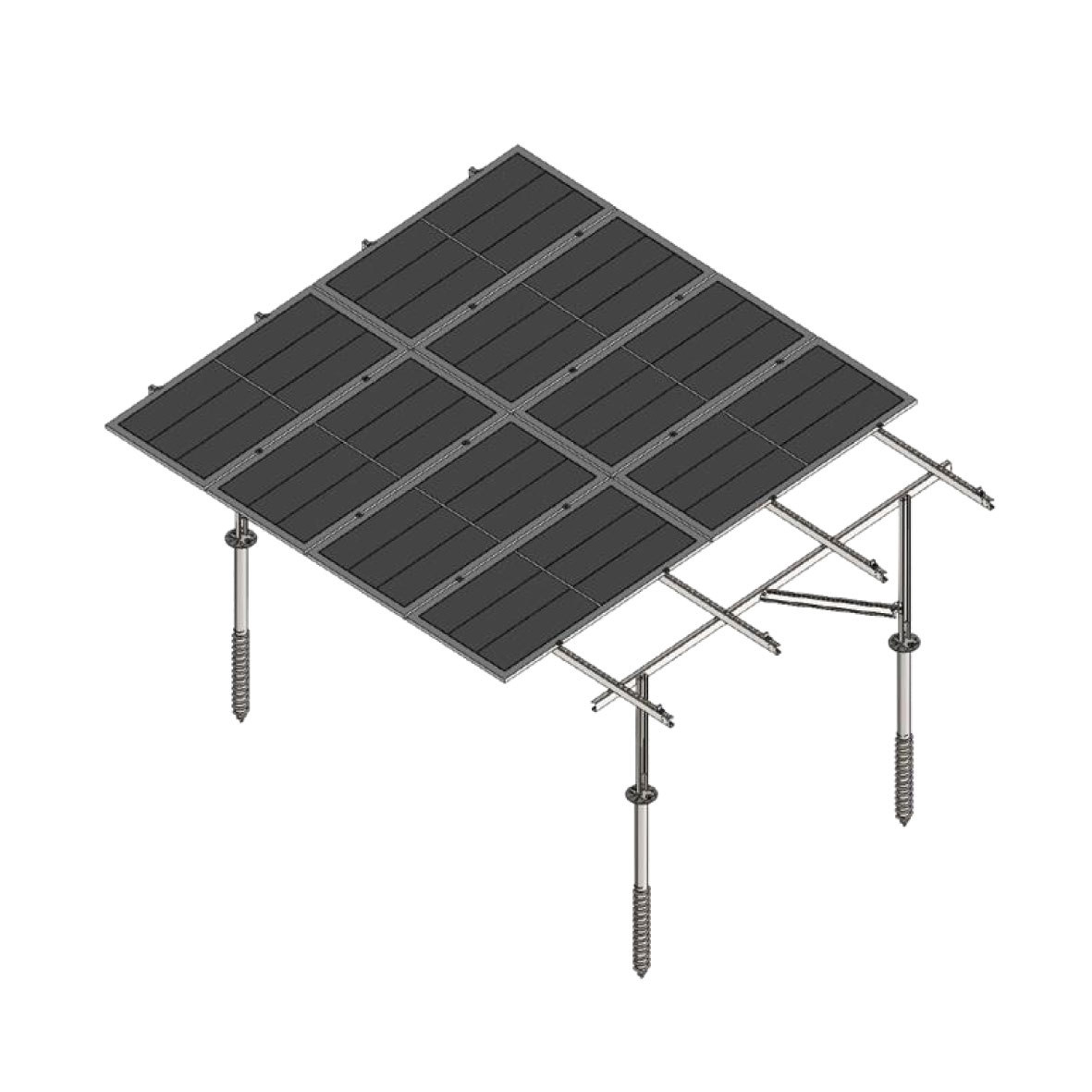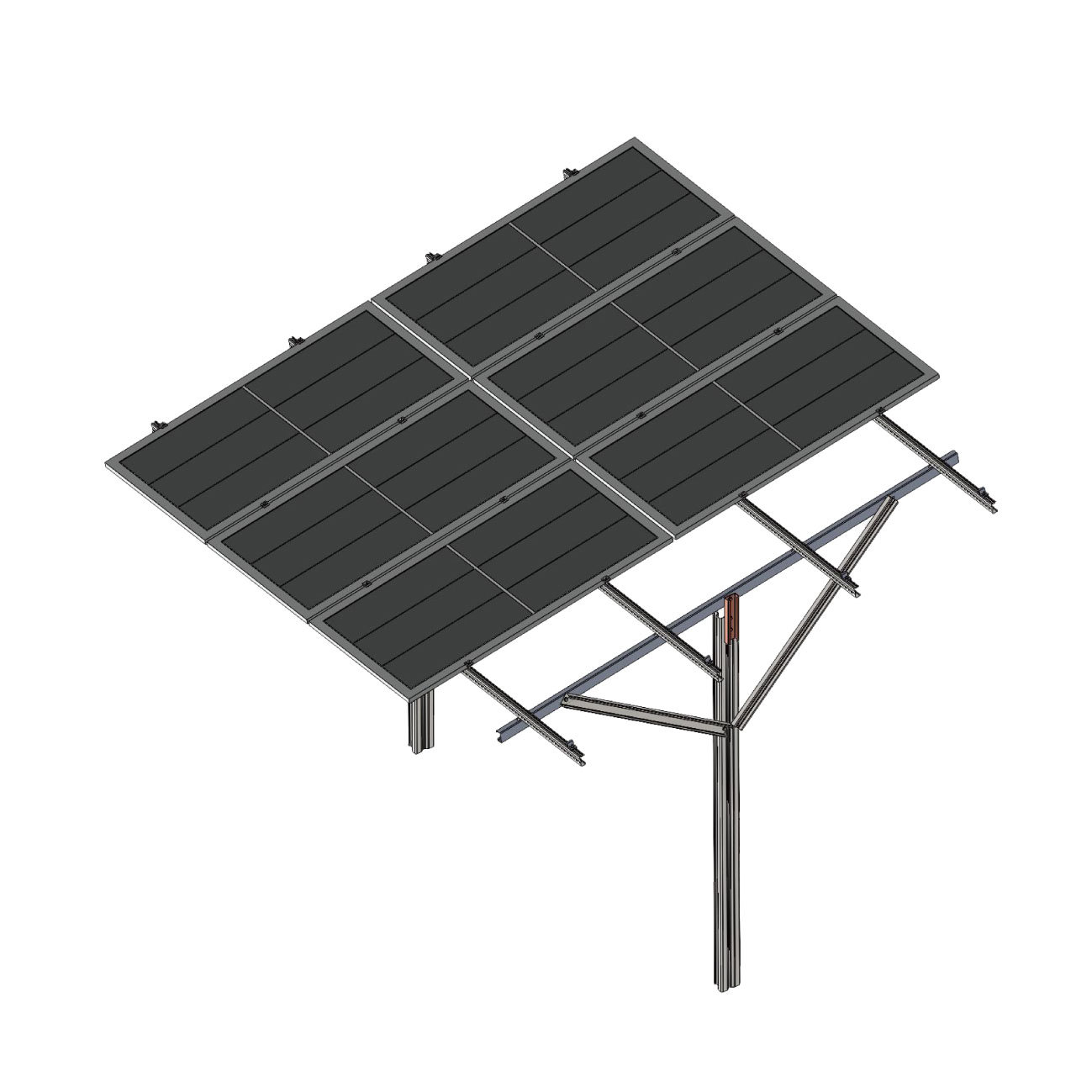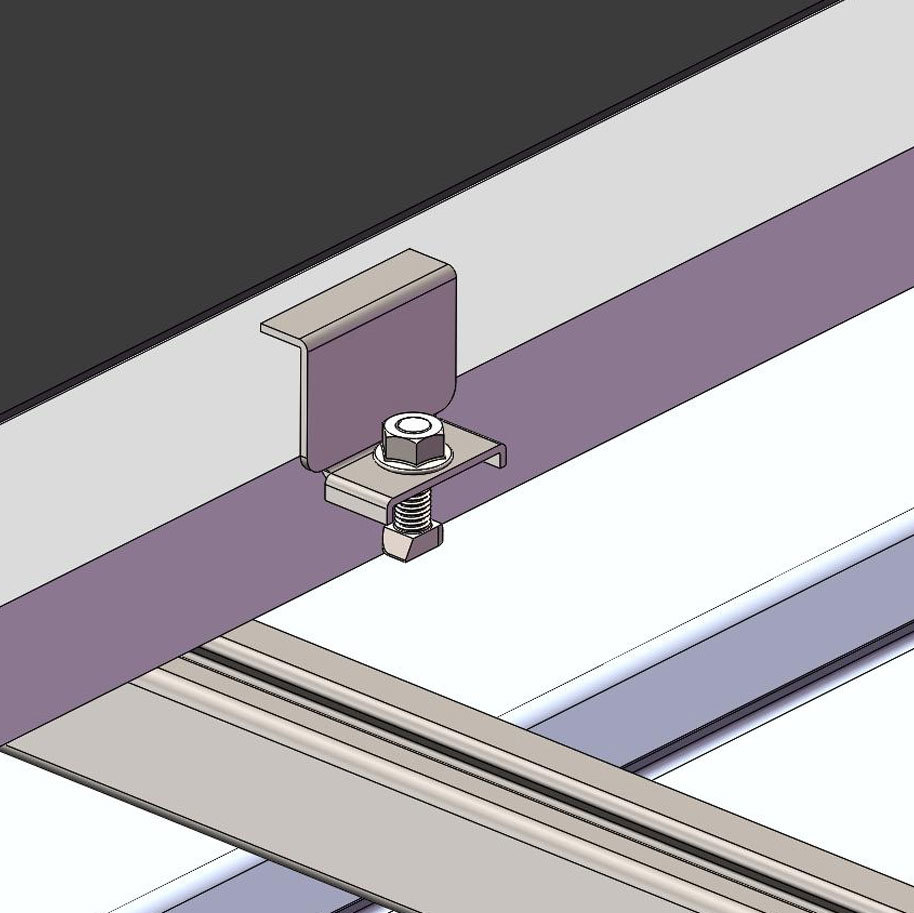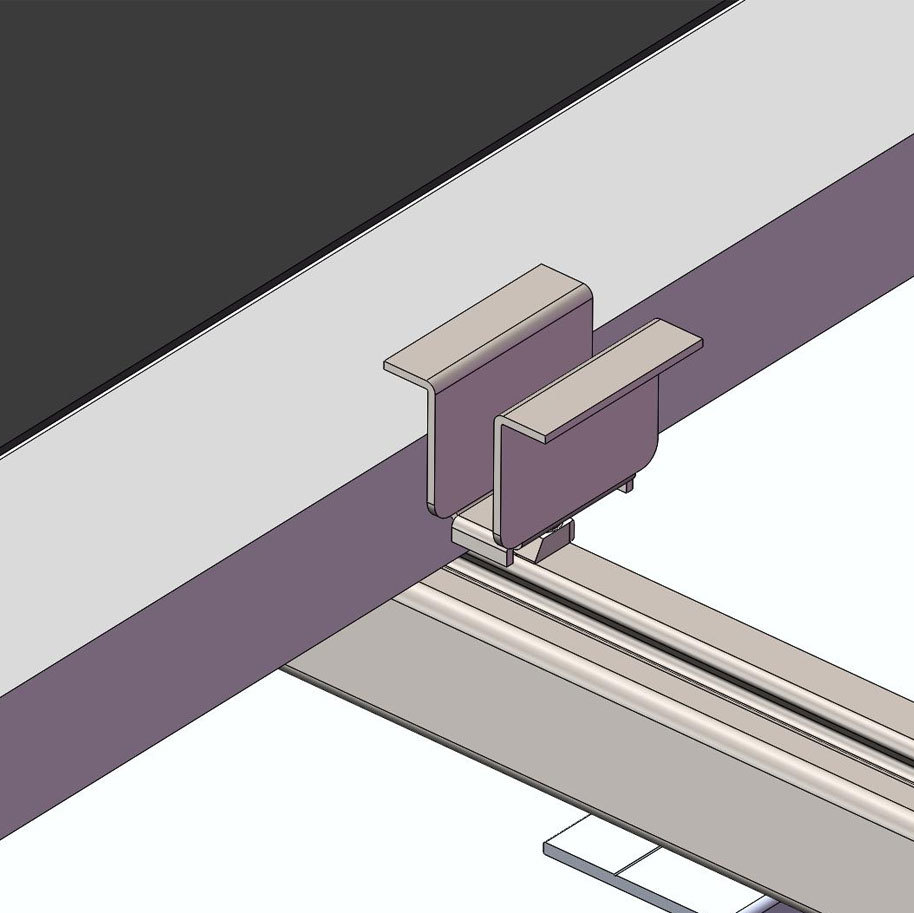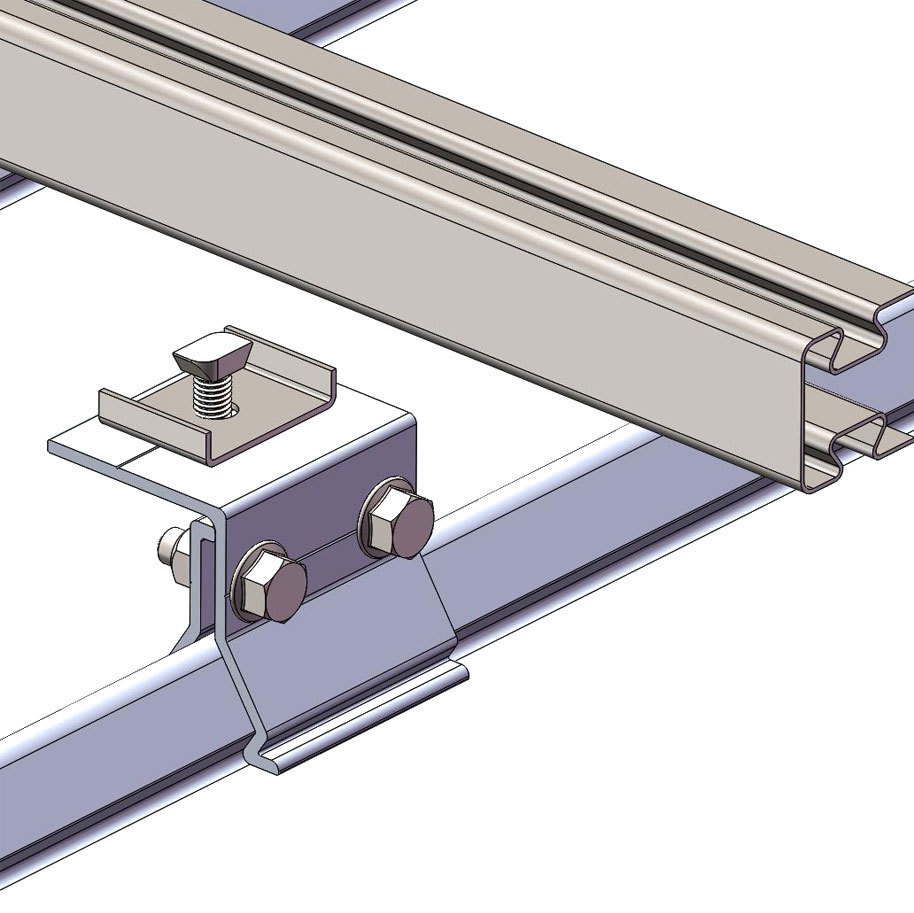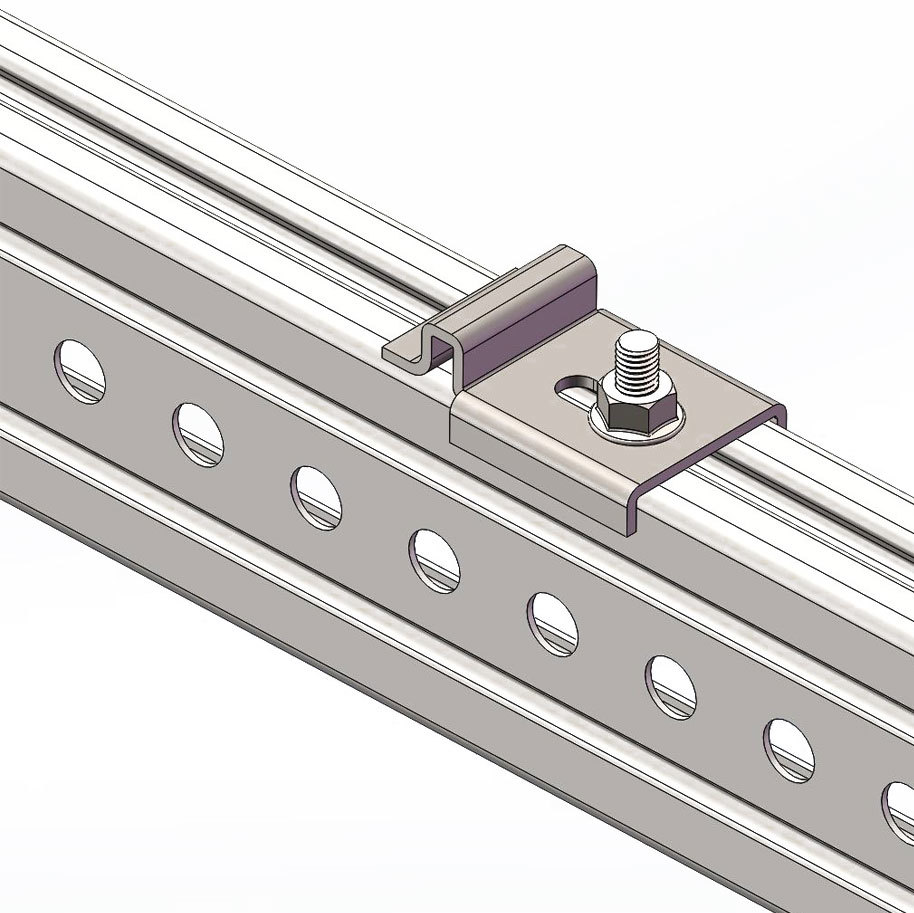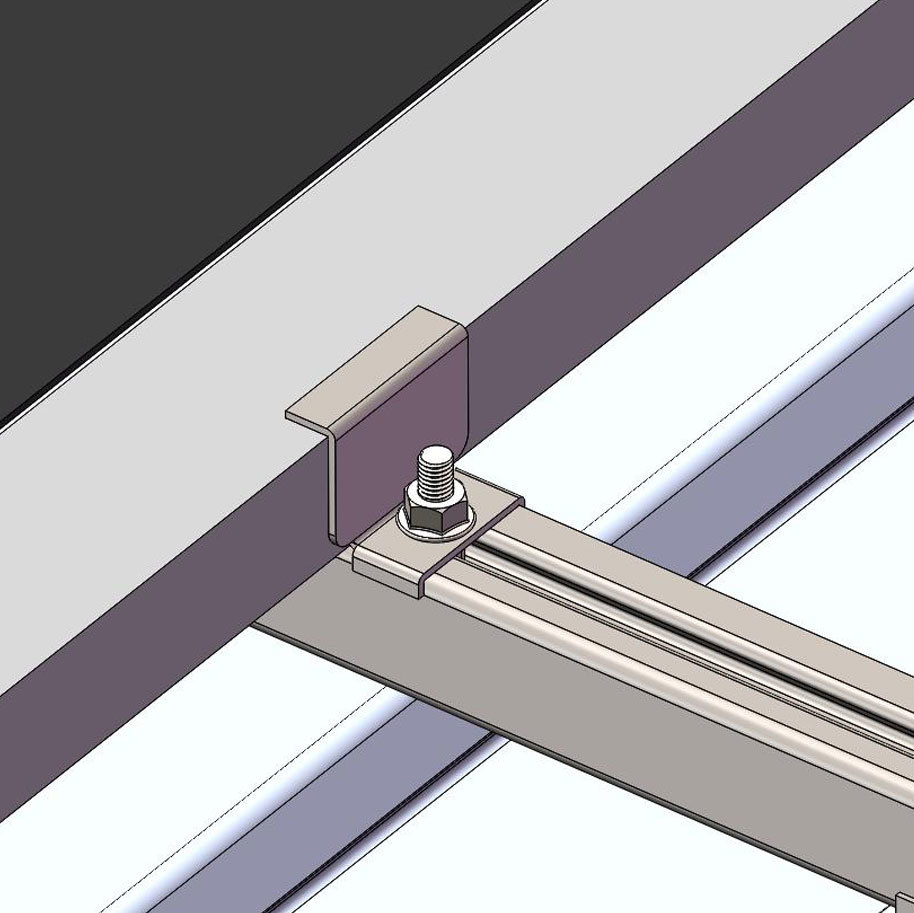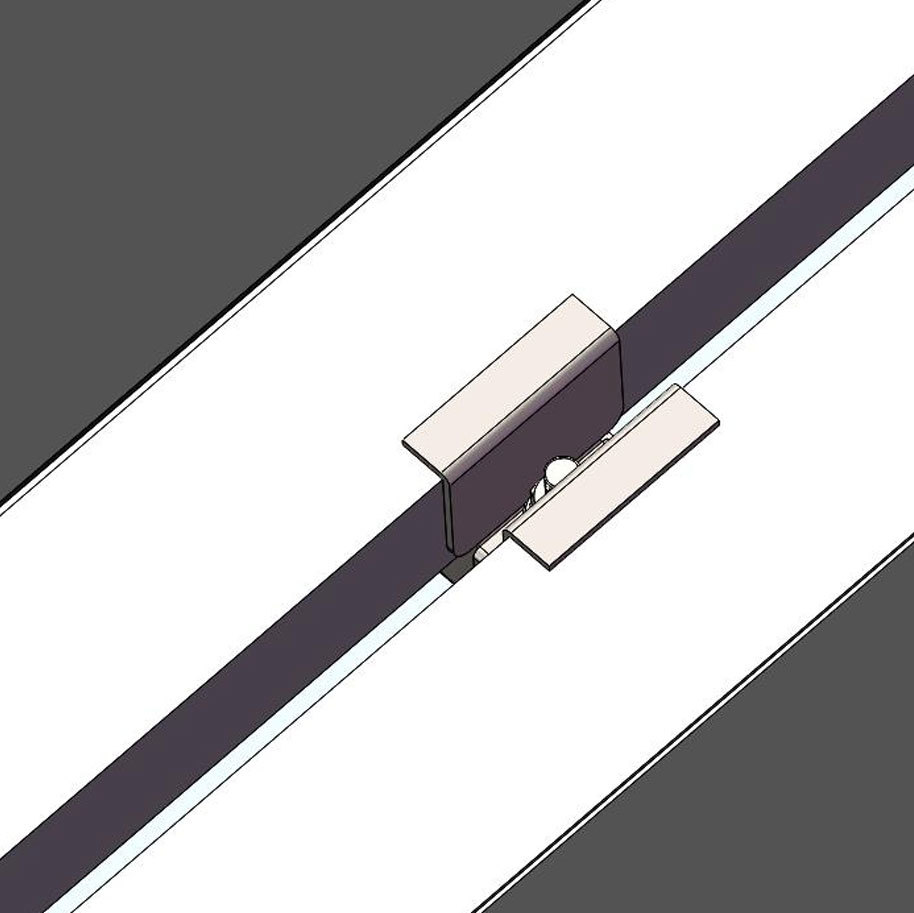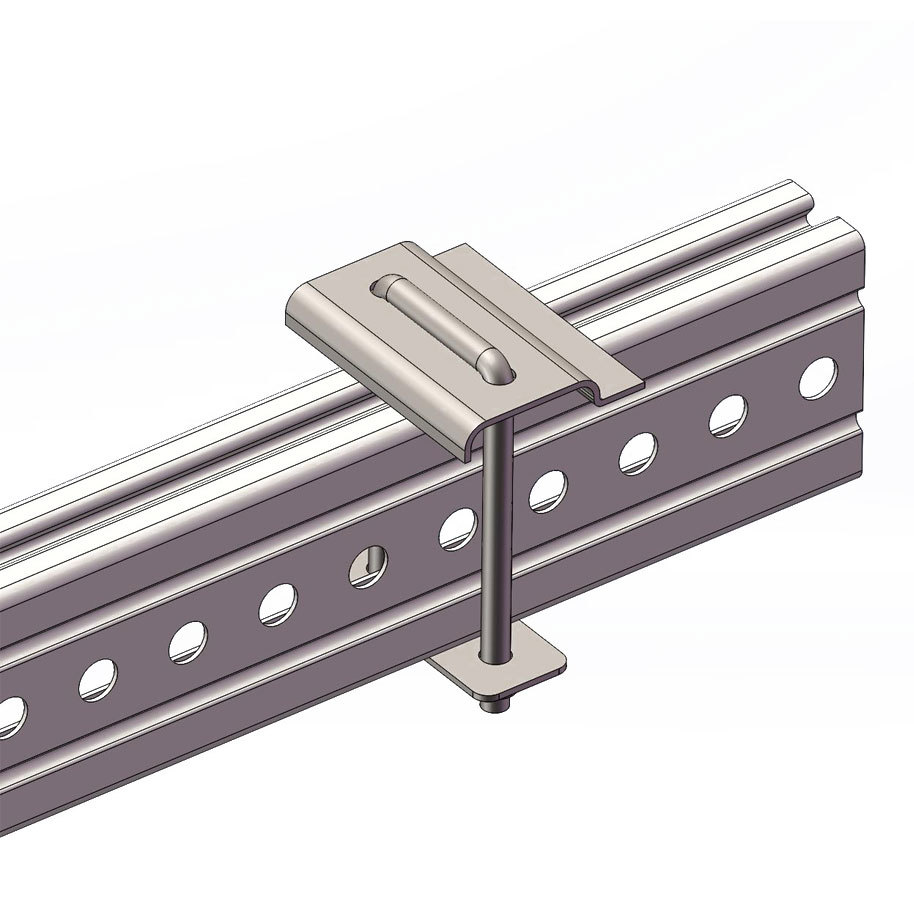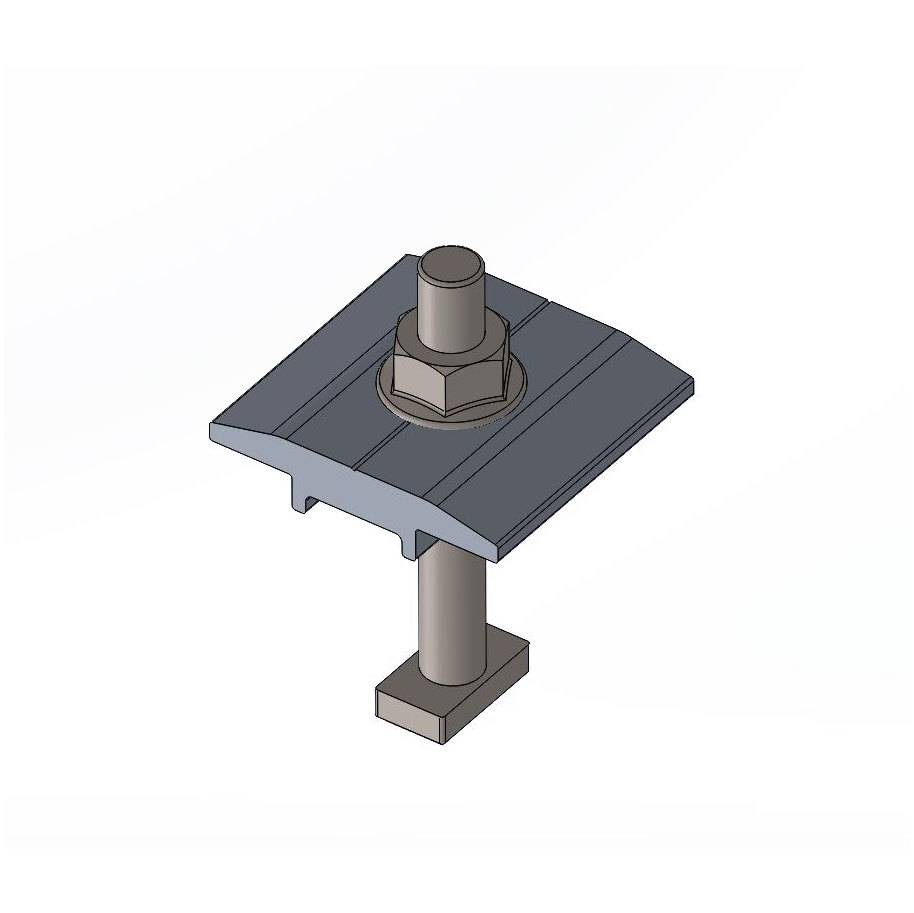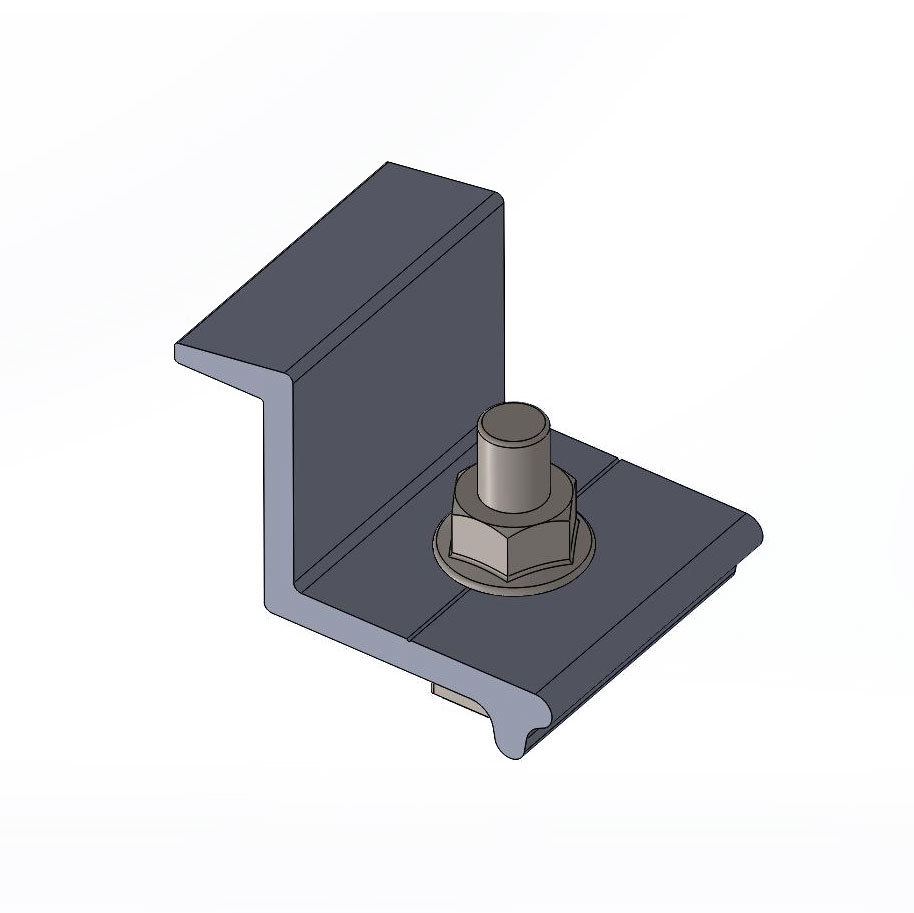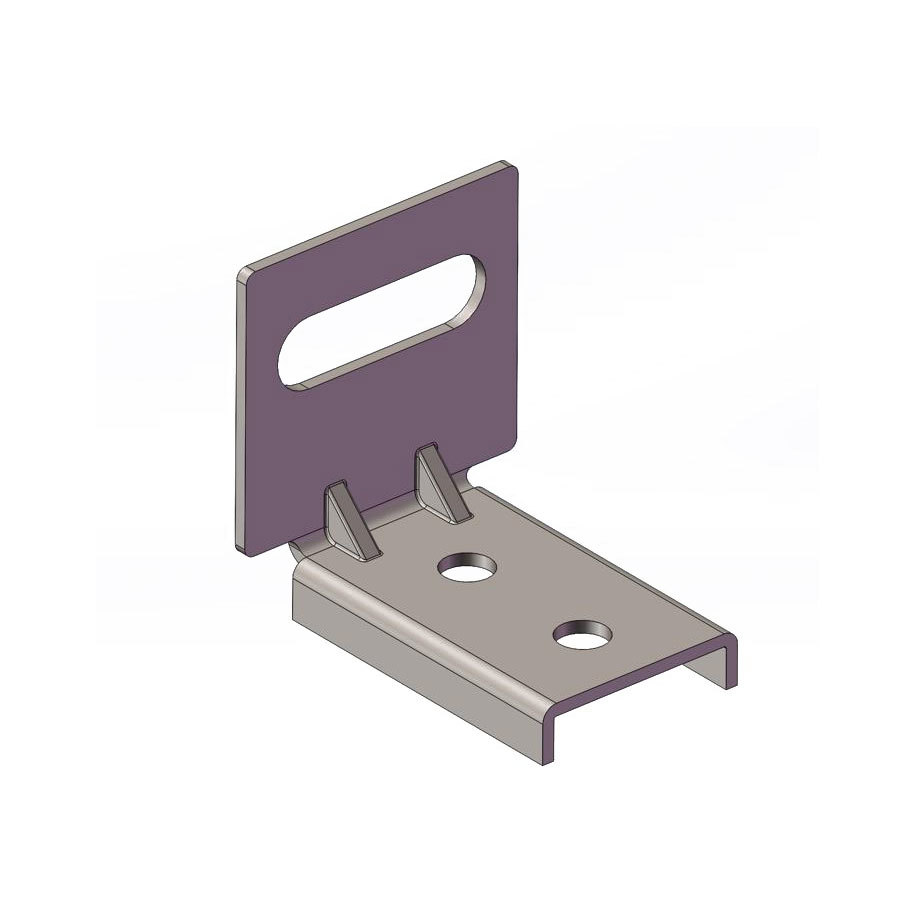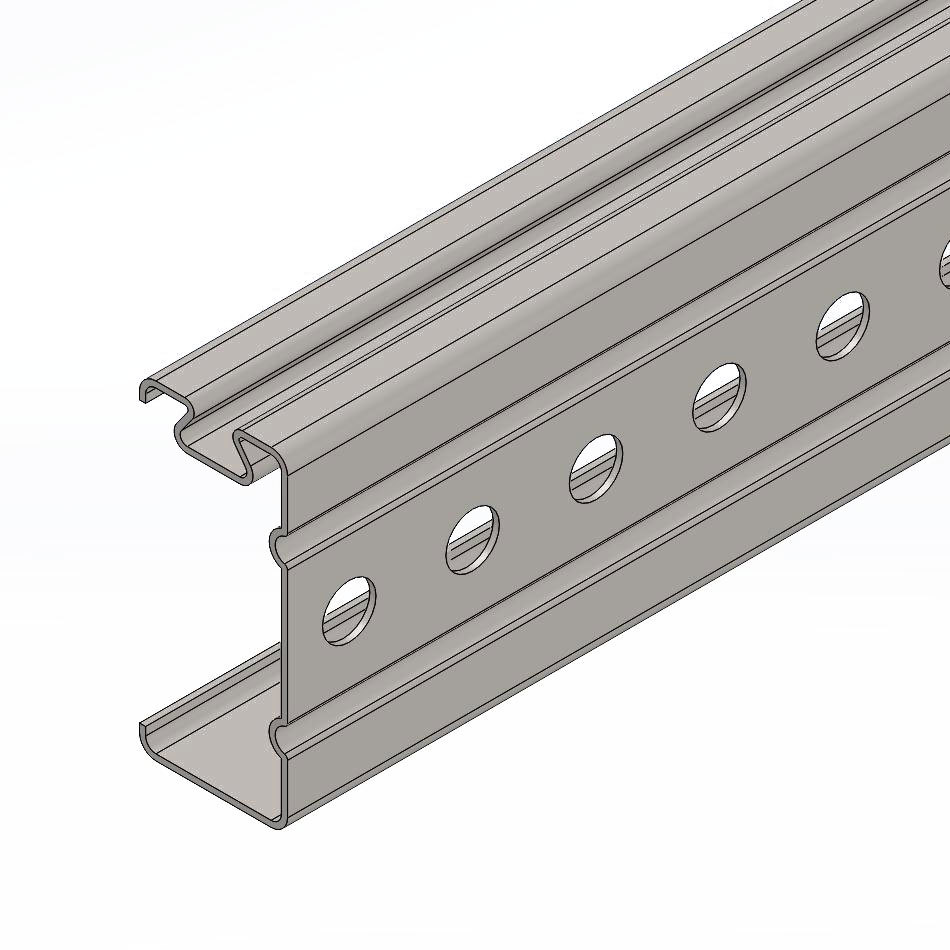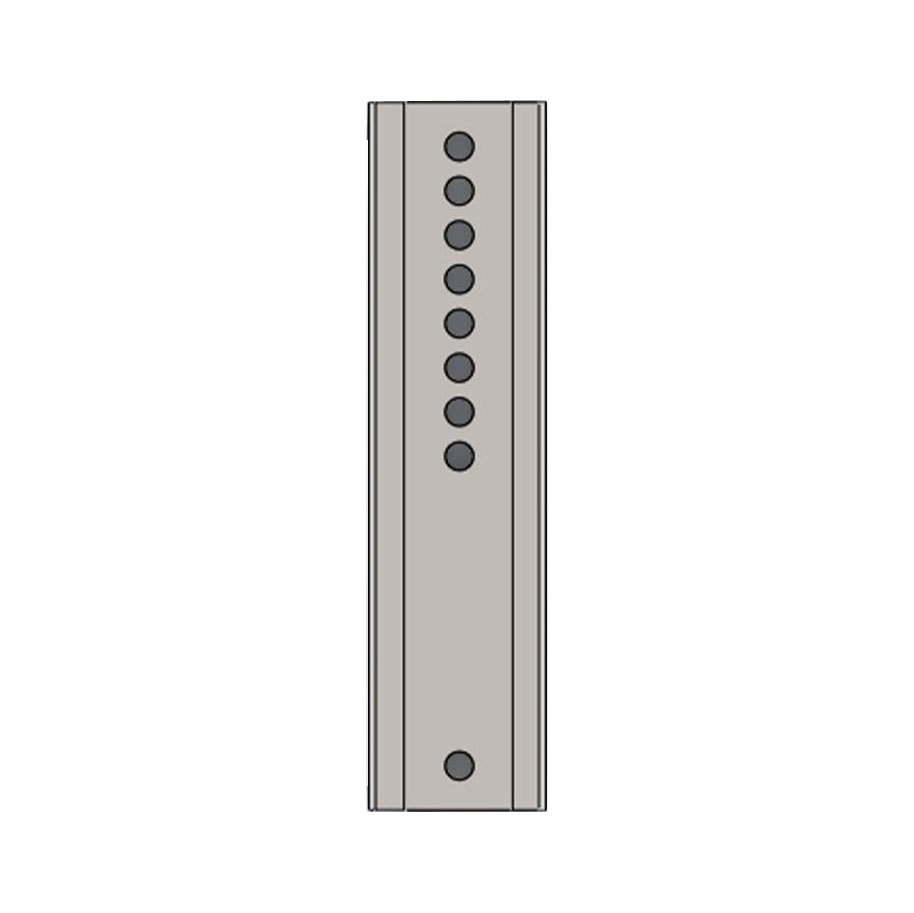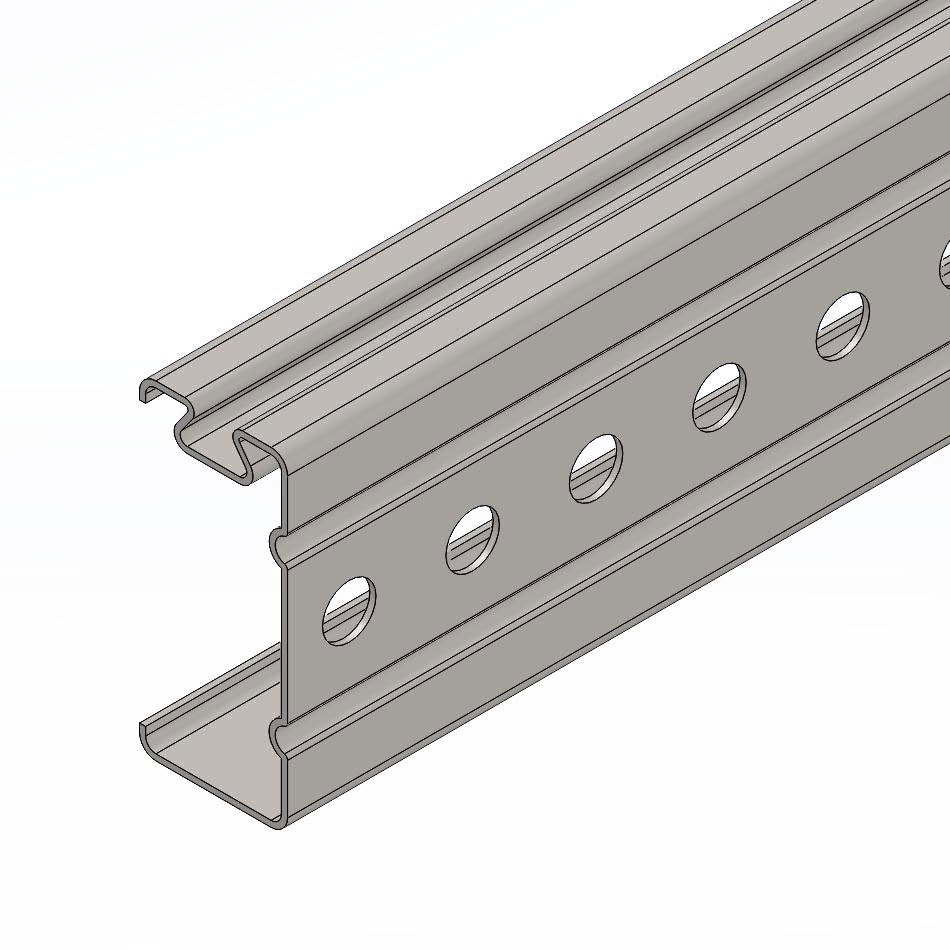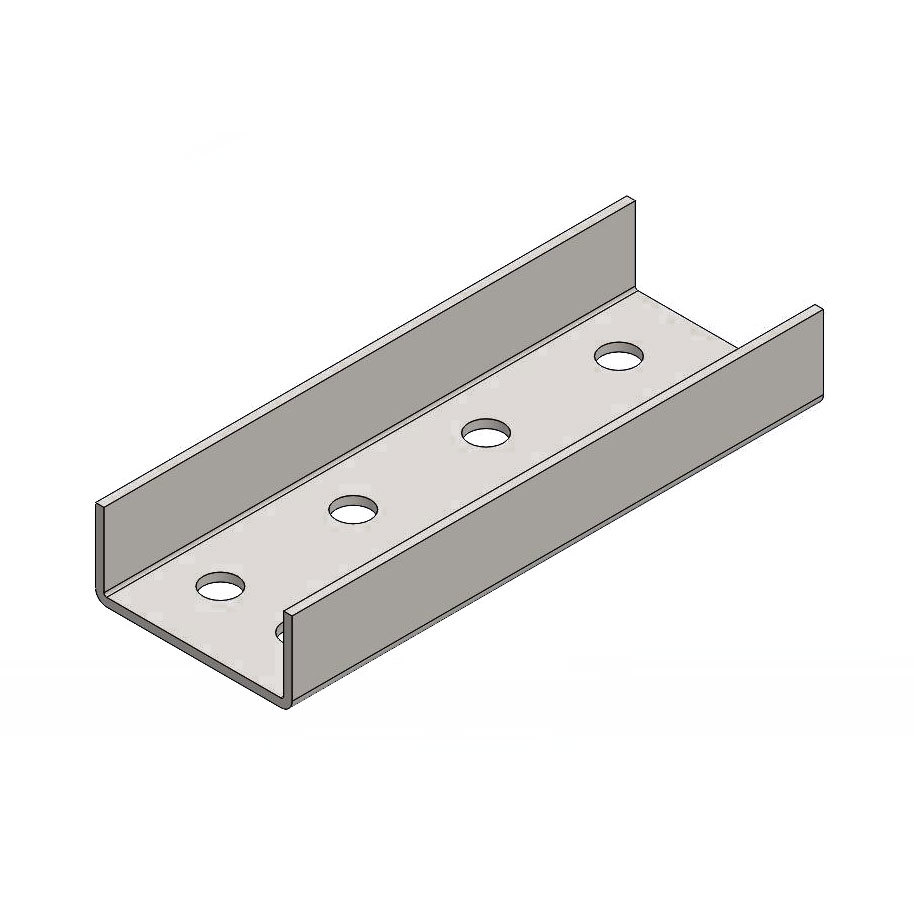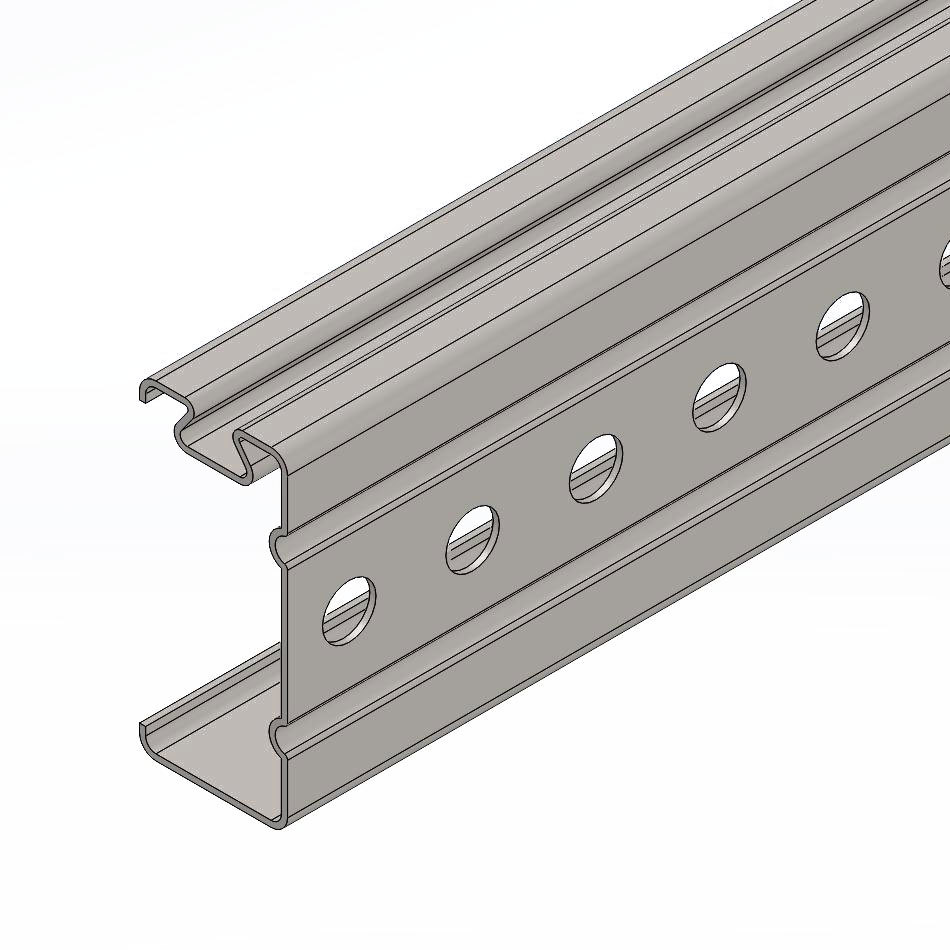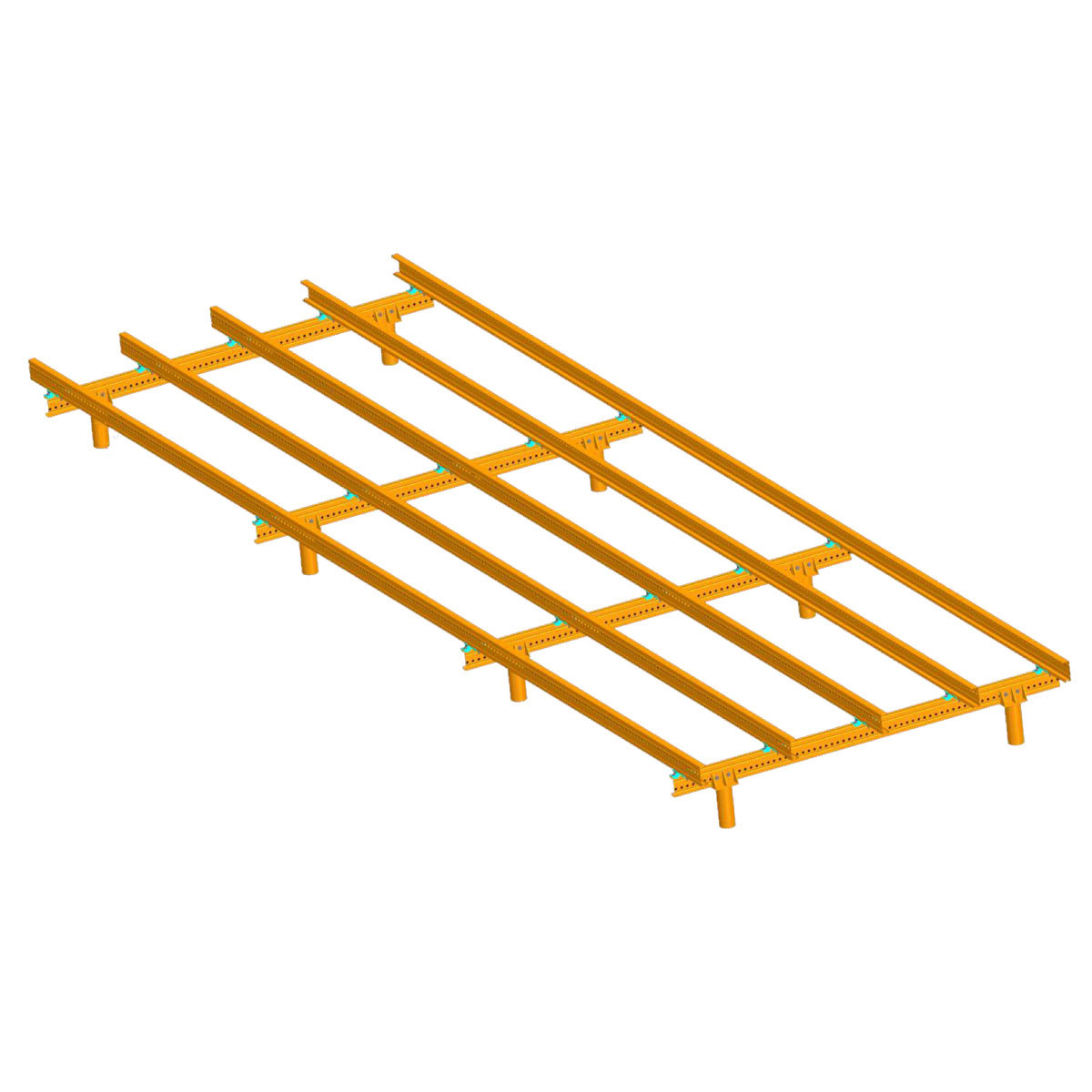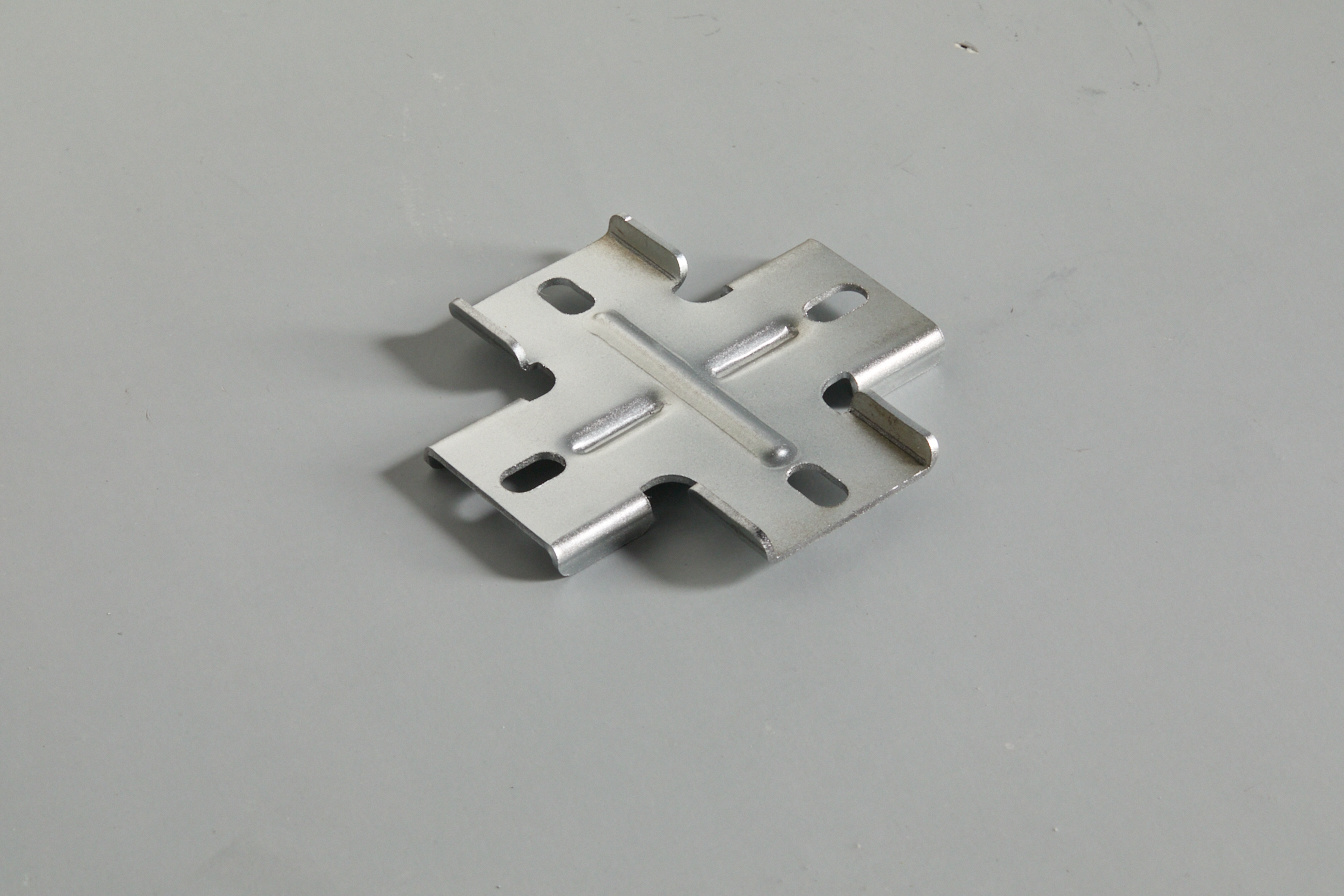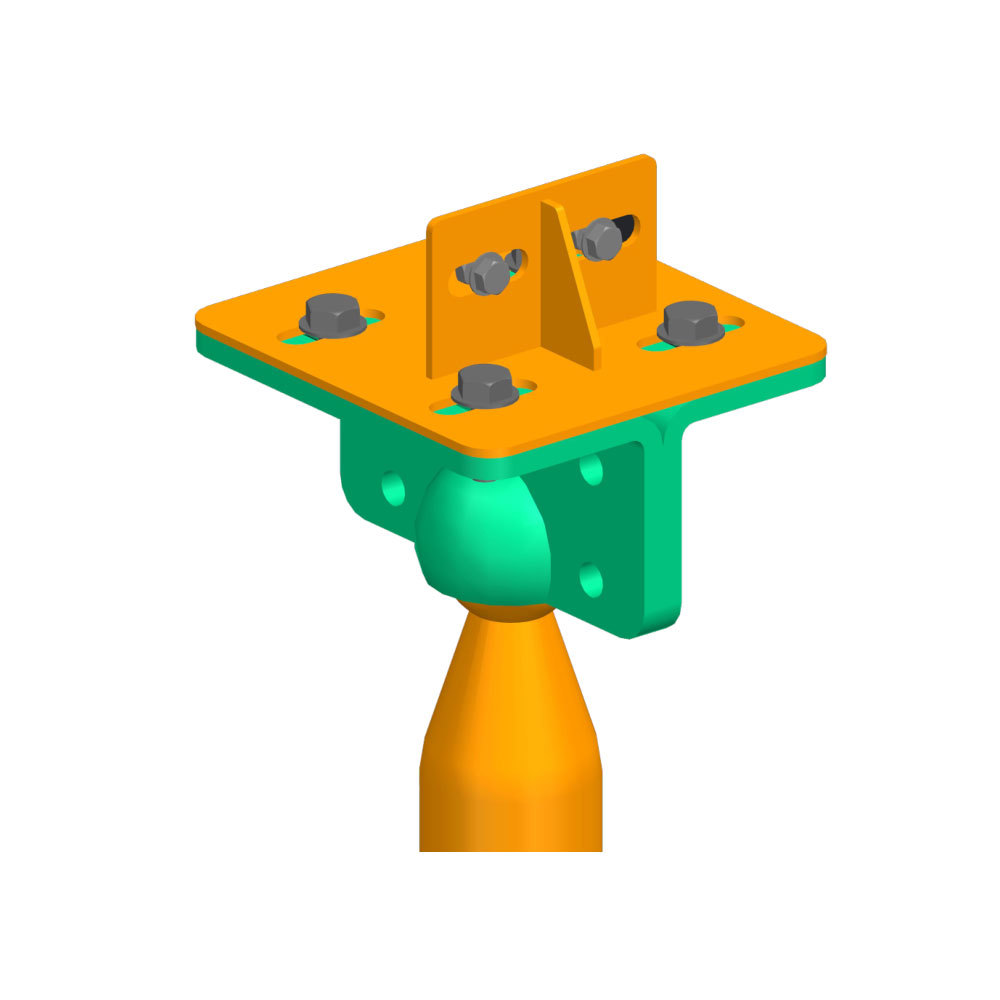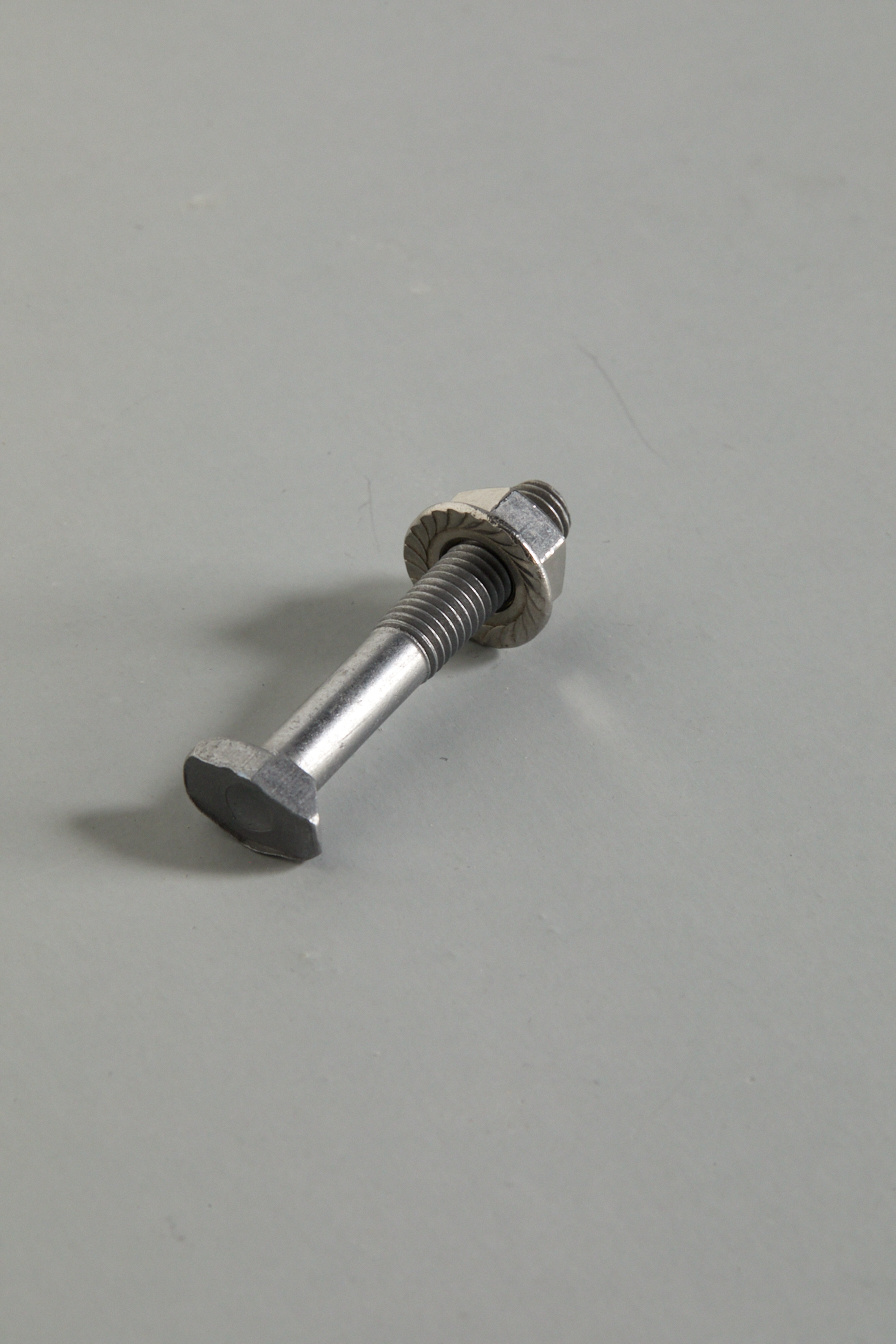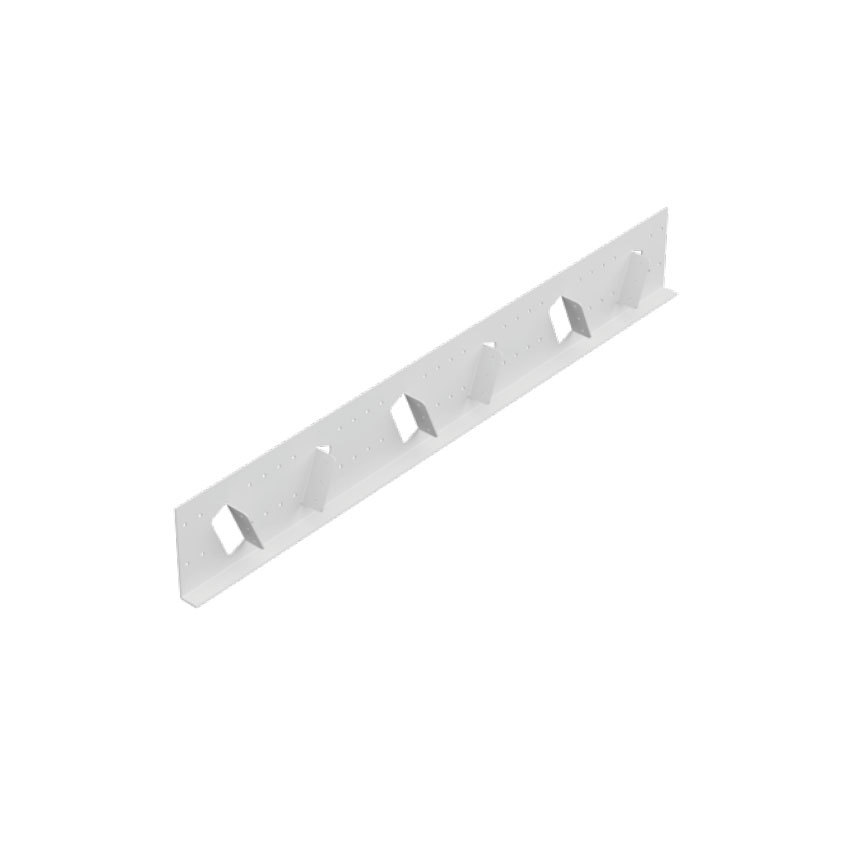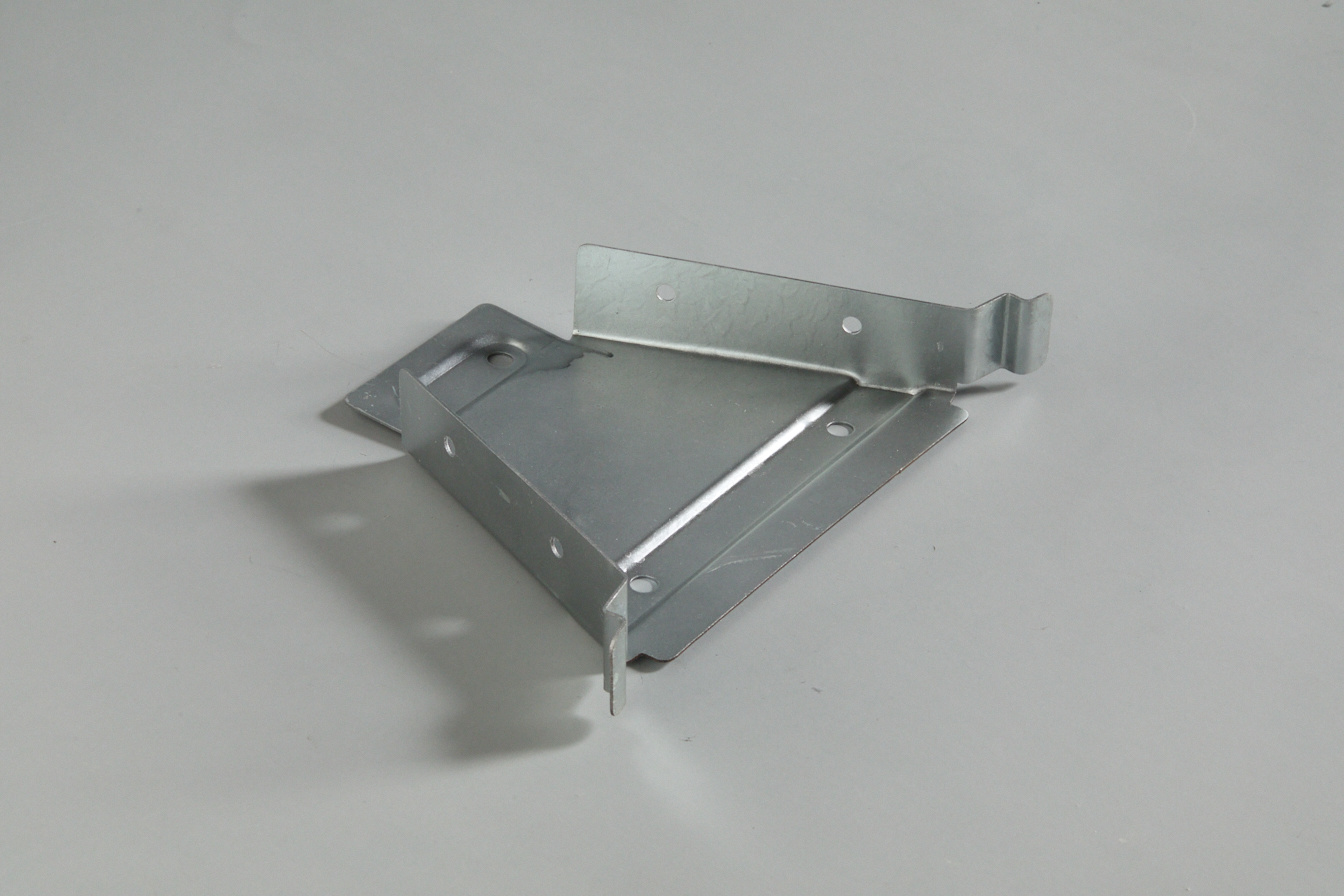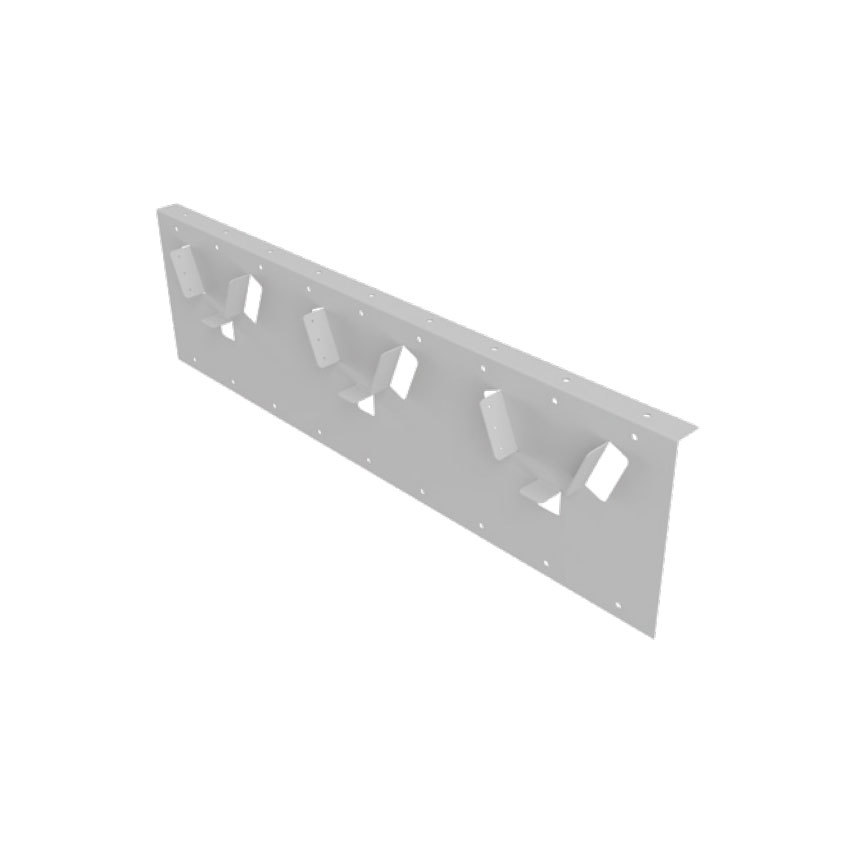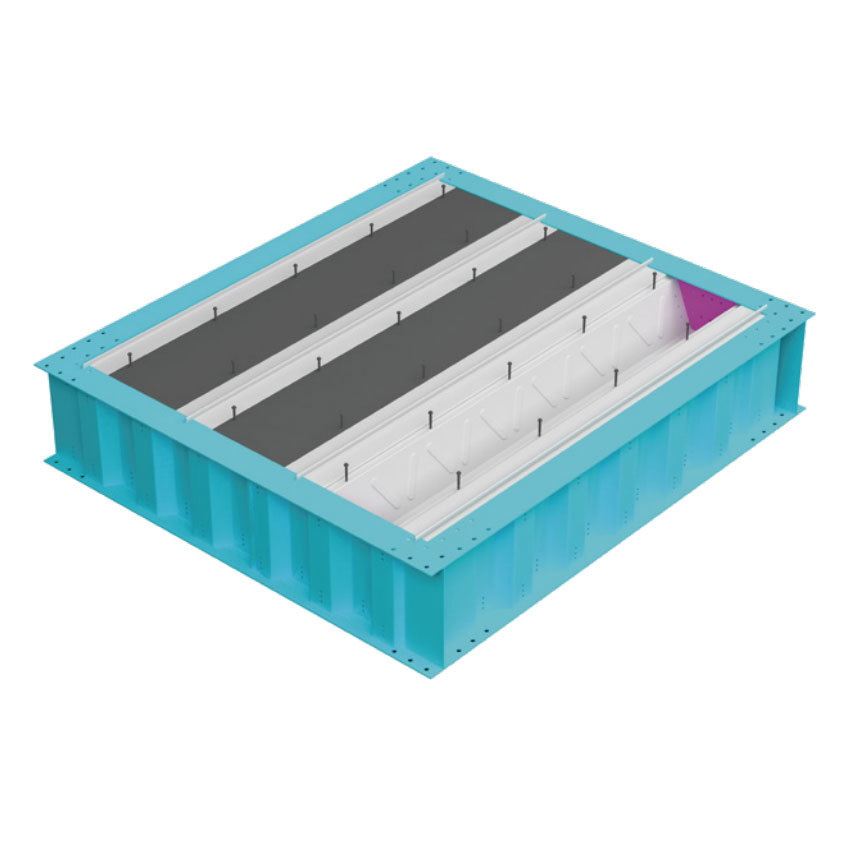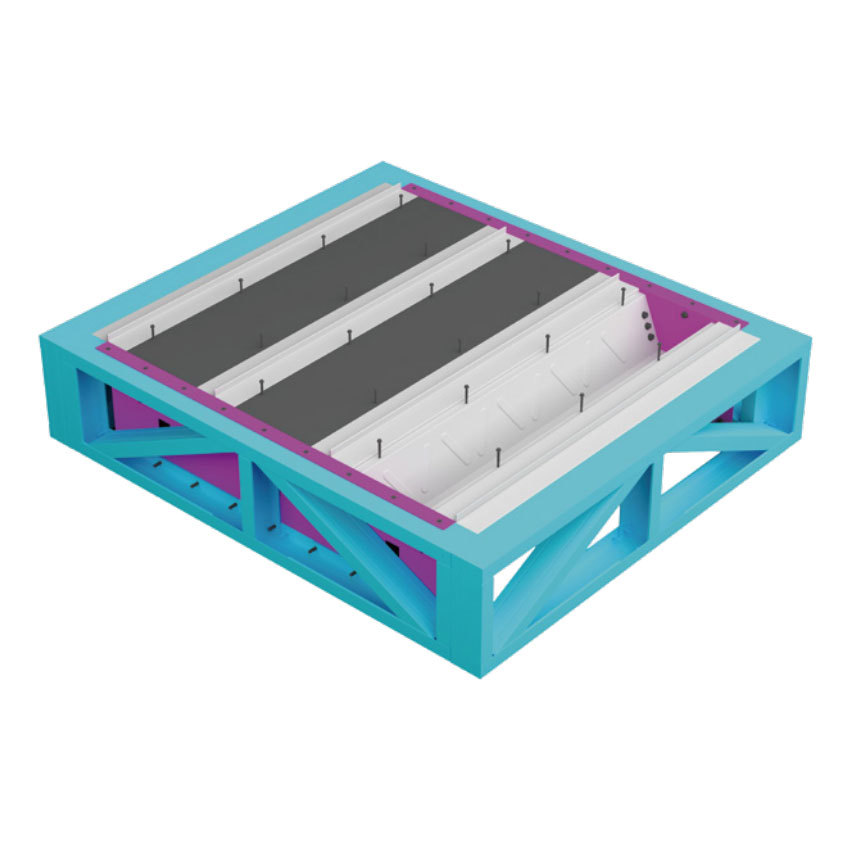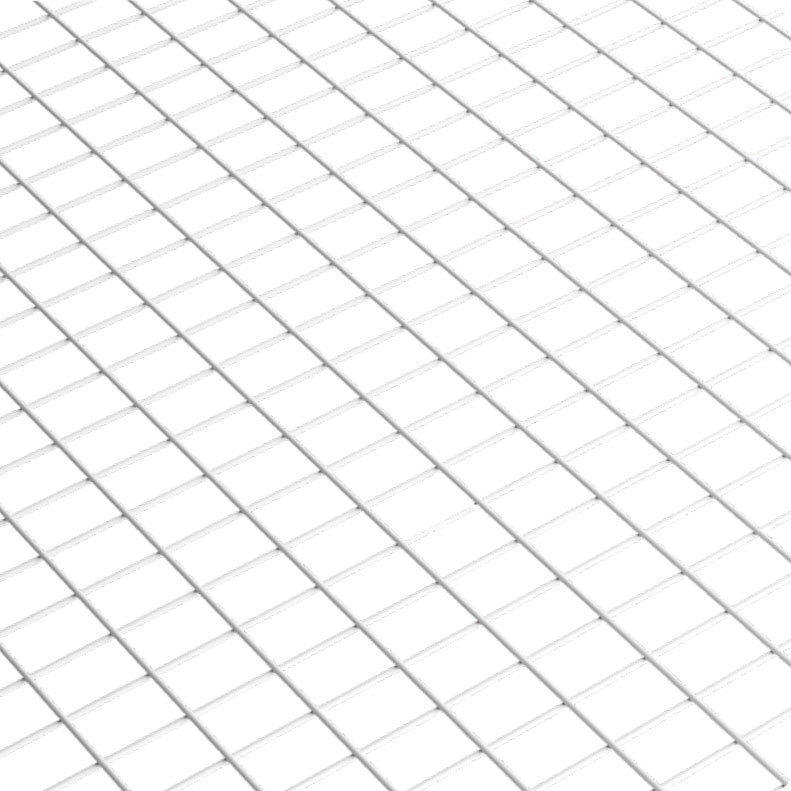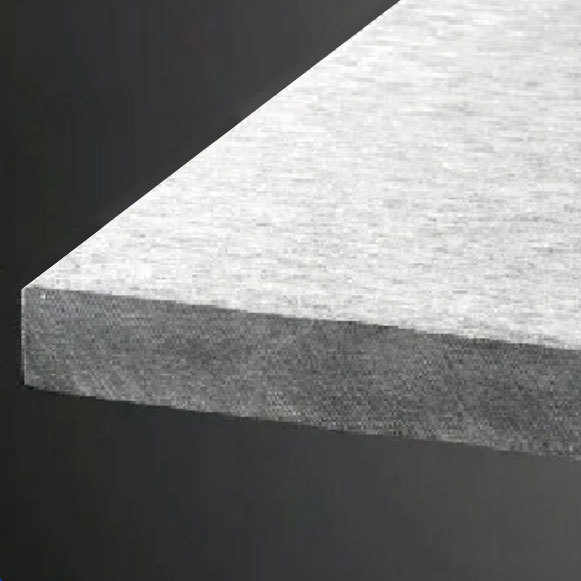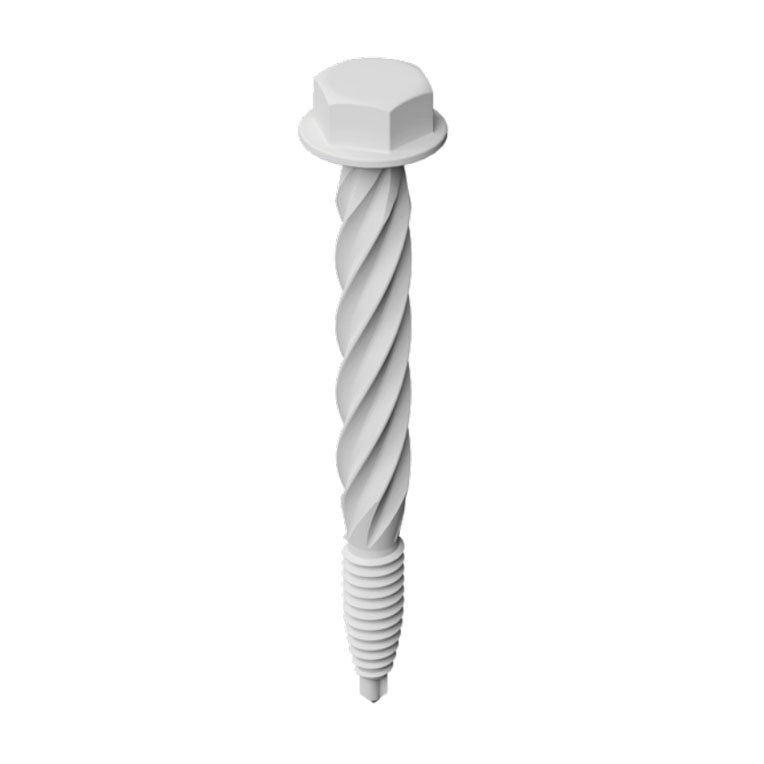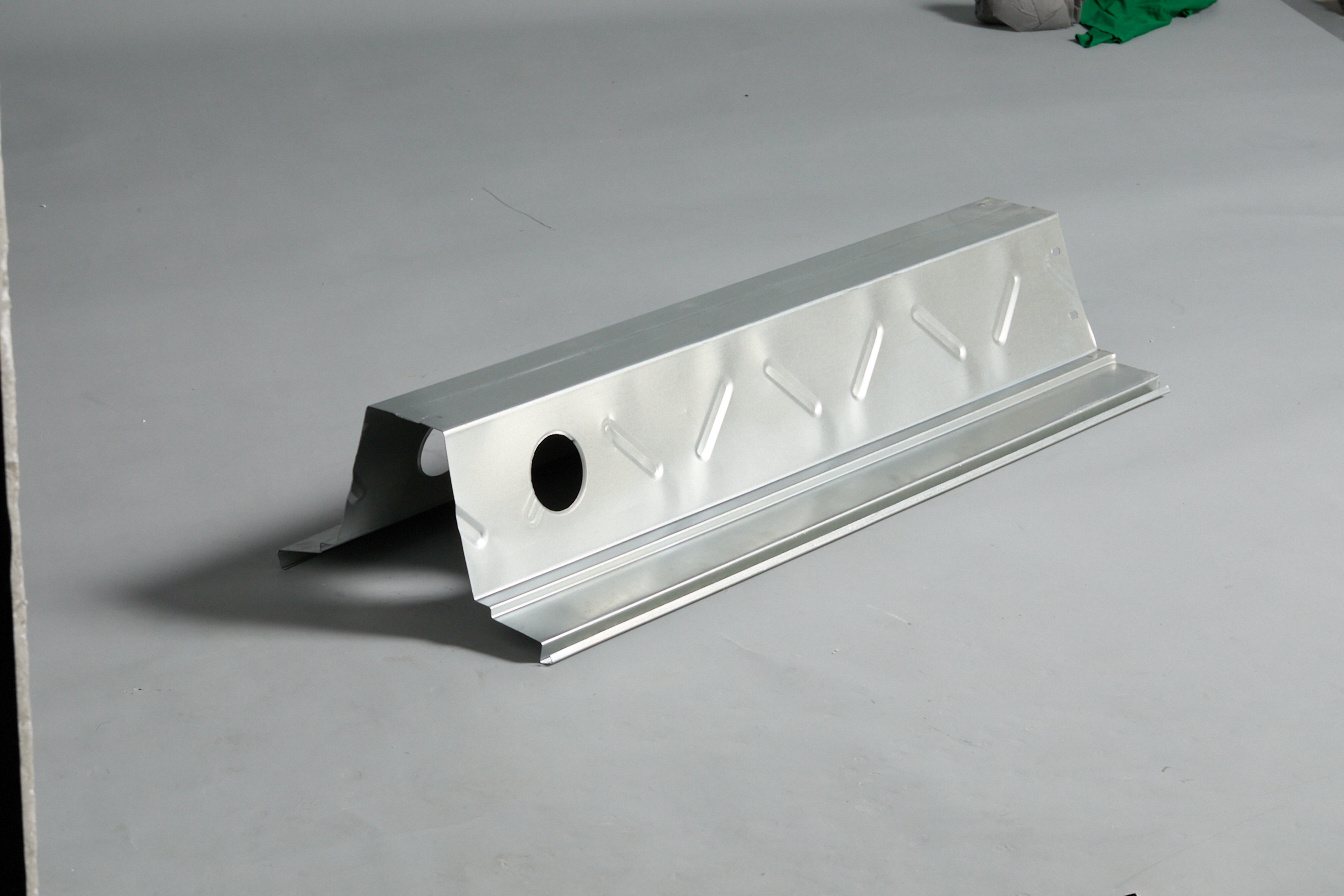The Role of T-Shaped Columns in Enhancing Building Stability
Release Time:
2025-03-23
Source:
The Role of T-Shaped Columns in Enhancing Building Stability
Table of Contents
- 1. Introduction to T-Shaped Columns
- 2. What Are T-Shaped Columns?
- 3. Importance of Structural Stability in Buildings
- 4. Advantages of T-Shaped Columns in Construction
- 4.1 Increased Load-Bearing Capacity
- 4.2 Flexibility in Design
- 4.3 Enhanced Resilience to Lateral Forces
- 5. T-Shaped Columns in Modern Architecture
- 6. Real-World Applications of T-Shaped Columns
- 7. Design Considerations for T-Shaped Columns
- 8. The Future of T-Shaped Columns in Construction
- 9. FAQs
- 10. Conclusion
1. Introduction to T-Shaped Columns
In the realm of modern construction, the quest for structural integrity and aesthetic appeal leads architects and engineers to explore innovative materials and designs. One such advancement is the **T-shaped column**, which serves as a pivotal element in enhancing building stability. As buildings grow taller and more complex, understanding the role of T-shaped columns becomes increasingly vital. This article provides an in-depth look into T-shaped columns, examining their benefits, applications, and future potential in the construction industry.
2. What Are T-Shaped Columns?
T-shaped columns are structural elements characterized by their unique T-shaped cross-section, which provides a combination of strength and stability. Typically composed of reinforced concrete or steel, these columns are designed to support loads while resisting bending and buckling. The distinct shape of T-shaped columns allows them to effectively distribute weight and forces across the structure, making them an invaluable asset in modern construction.
3. Importance of Structural Stability in Buildings
Structural stability is a fundamental aspect of building design. It ensures that structures can withstand various forces, including gravity, wind, and seismic activity. A stable building not only protects its inhabitants but also prolongs the lifespan of the structure. As urban environments become denser and more dynamic, the demand for innovative solutions to enhance structural stability is paramount. T-shaped columns offer a practical response to these challenges, enabling architects to create safe and resilient buildings.
4. Advantages of T-Shaped Columns in Construction
T-shaped columns provide a variety of advantages that contribute to their growing popularity in the construction industry. Here are some of the key benefits:
4.1 Increased Load-Bearing Capacity
One of the primary advantages of T-shaped columns is their **increased load-bearing capacity**. The T shape allows for a larger surface area at the base, which effectively distributes weight over a broader area. This design minimizes the risk of structural failure under heavy loads, making T-shaped columns ideal for high-rise buildings and complex structures.
4.2 Flexibility in Design
T-shaped columns offer **flexibility in design**, allowing architects to create unique and innovative building layouts. Their versatile shape can be integrated into various architectural styles, from modern skyscrapers to traditional structures. This adaptability makes T-shaped columns a popular choice among architects seeking to push the boundaries of design.
4.3 Enhanced Resilience to Lateral Forces
Buildings are subjected to various lateral forces, including wind and seismic activity. T-shaped columns enhance a building's **resilience to these forces**, thanks to their robust construction and effective load distribution. By using T-shaped columns, engineers can design structures that are better equipped to withstand environmental stressors, ensuring the safety and stability of the building.
5. T-Shaped Columns in Modern Architecture
The integration of T-shaped columns in modern architecture has led to the emergence of iconic structures that exemplify both form and function. These columns not only support the weight of the building but also serve as aesthetic elements that enhance the visual appeal of the architecture. By incorporating T-shaped columns, architects can create open spaces and expansive interiors without compromising structural integrity.
6. Real-World Applications of T-Shaped Columns
T-shaped columns have found applications in various building types and environments. Here are some notable examples:
- **High-Rise Buildings**: T-shaped columns are commonly used in the construction of skyscrapers, where they provide the necessary support for multiple floors while allowing for large open spaces.
- **Bridges**: The unique structural properties of T-shaped columns are advantageous in bridge design, where they can effectively support heavy loads and resist lateral forces.
- **Commercial Spaces**: Many modern commercial buildings utilize T-shaped columns to create flexible, adaptable workspaces that meet the demands of contemporary business environments.
7. Design Considerations for T-Shaped Columns
When incorporating T-shaped columns into building designs, several key considerations must be taken into account:
- **Material Selection**: Choosing the right materials is essential for maximizing the strength and stability of T-shaped columns. Reinforced concrete and high-strength steel are popular options that provide durability and load-bearing capacity.
- **Load Analysis**: A thorough load analysis is critical for determining the appropriate dimensions and placement of T-shaped columns. Engineers must ensure that the columns can support the expected loads without compromising structural safety.
- **Integration with Other Structural Elements**: T-shaped columns should be integrated seamlessly with other structural components, such as beams and floors, to ensure overall stability and performance.
8. The Future of T-Shaped Columns in Construction
As the construction industry continues to evolve, the role of T-shaped columns is likely to expand further. Innovations in materials and construction techniques may lead to even more efficient designs that enhance the performance of T-shaped columns. Additionally, the growing emphasis on sustainable and resilient building practices will drive the adoption of T-shaped columns as a viable solution for modern architectural challenges.
9. FAQs
1. What are T-shaped columns used for?
T-shaped columns are primarily used in construction to provide structural support for buildings, bridges, and other structures. Their unique shape enhances load-bearing capacity and stability.
2. How do T-shaped columns compare to traditional columns?
T-shaped columns offer superior load distribution and stability compared to traditional round or square columns. Their design allows for greater flexibility in architectural layouts.
3. Can T-shaped columns be used in residential buildings?
Yes, T-shaped columns can be effectively used in residential buildings, especially in designs that require open spaces and enhanced stability.
4. Are T-shaped columns more expensive to construct?
While the initial costs of T-shaped columns may be higher due to specialized design and materials, their benefits in terms of stability and load-bearing capacity can lead to long-term cost savings and reduced maintenance.
5. What materials are commonly used for T-shaped columns?
T-shaped columns are typically made from reinforced concrete or steel, providing the necessary strength and durability for various construction applications.
10. Conclusion
T-shaped columns play a crucial role in enhancing the stability and safety of modern structures. Their unique design offers numerous advantages, including increased load-bearing capacity, flexibility in design, and resilience to lateral forces. As the construction industry evolves, the importance of T-shaped columns will only grow, paving the way for innovative architectural solutions that prioritize both form and function. By understanding the advantages and applications of T-shaped columns, architects and engineers can continue to create safe, resilient, and aesthetically pleasing buildings for future generations.
Related Information

HaoHeng Group
Address: Room 1808, Block A, Vanke Cloud City, Jiemei District, Xiamen City, Fujian Province
Business cooperation:
Business License
Copyright © HaoHeng (FuJian) Building Materials Technology Co, Ltd. All rights reserved































